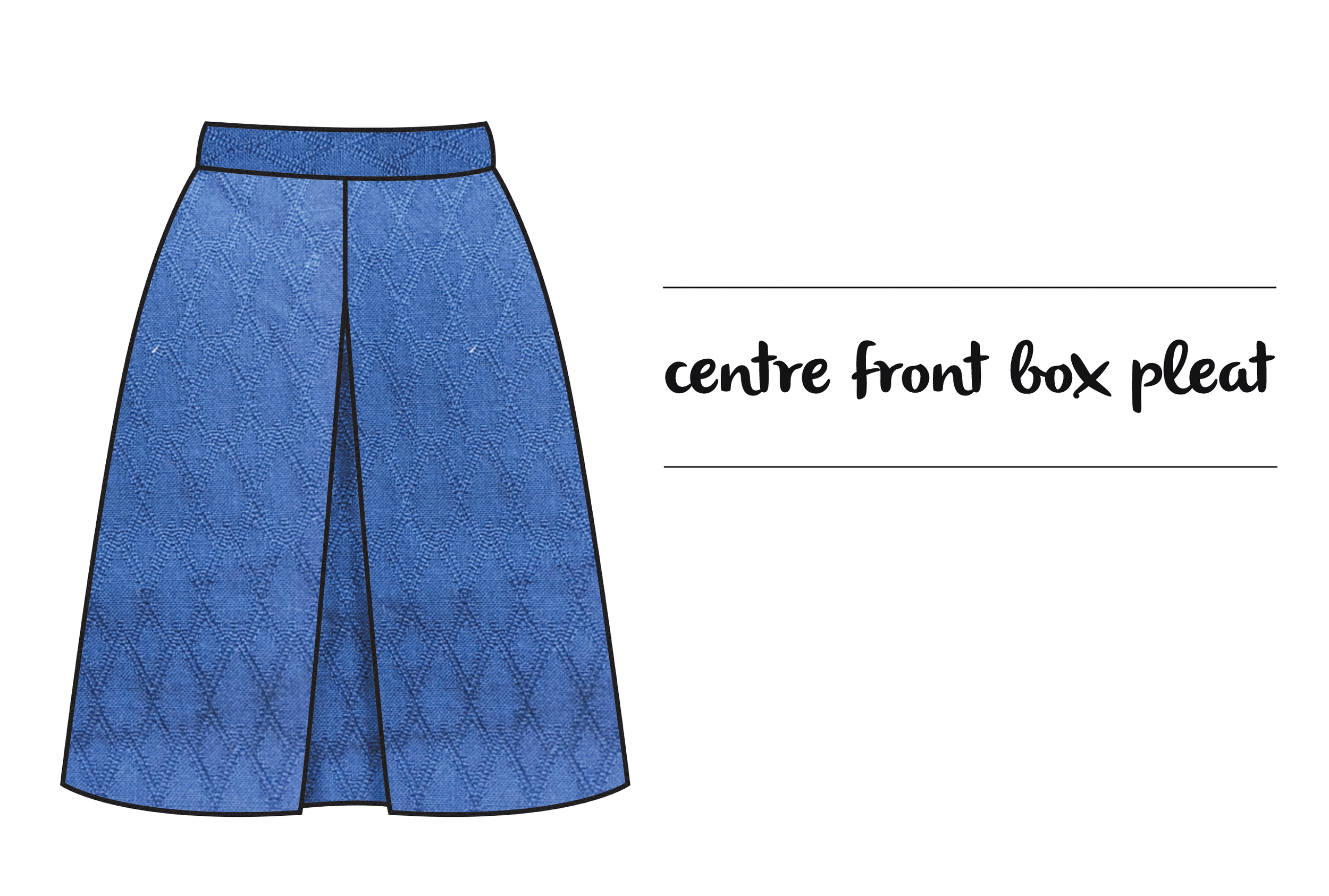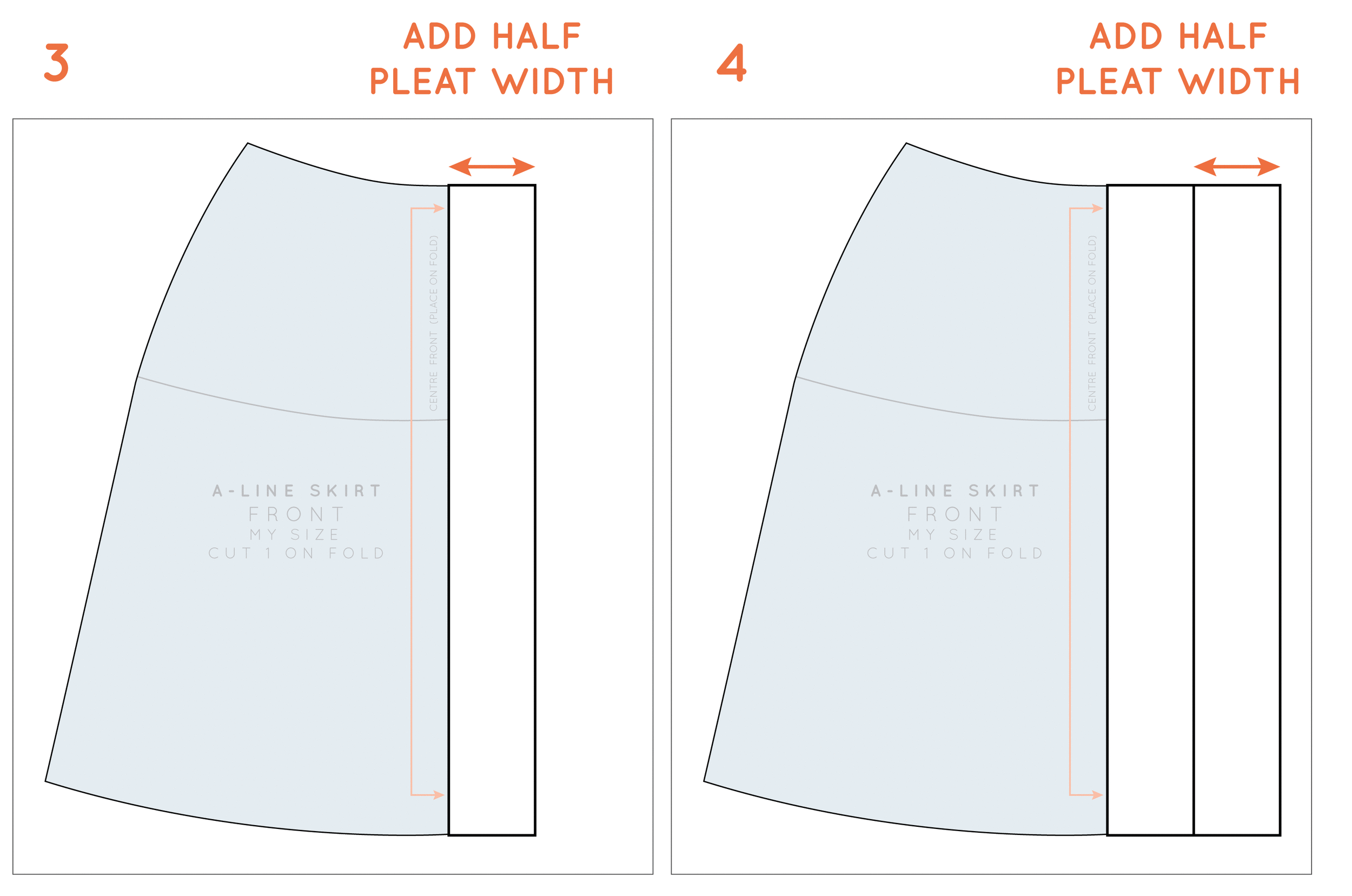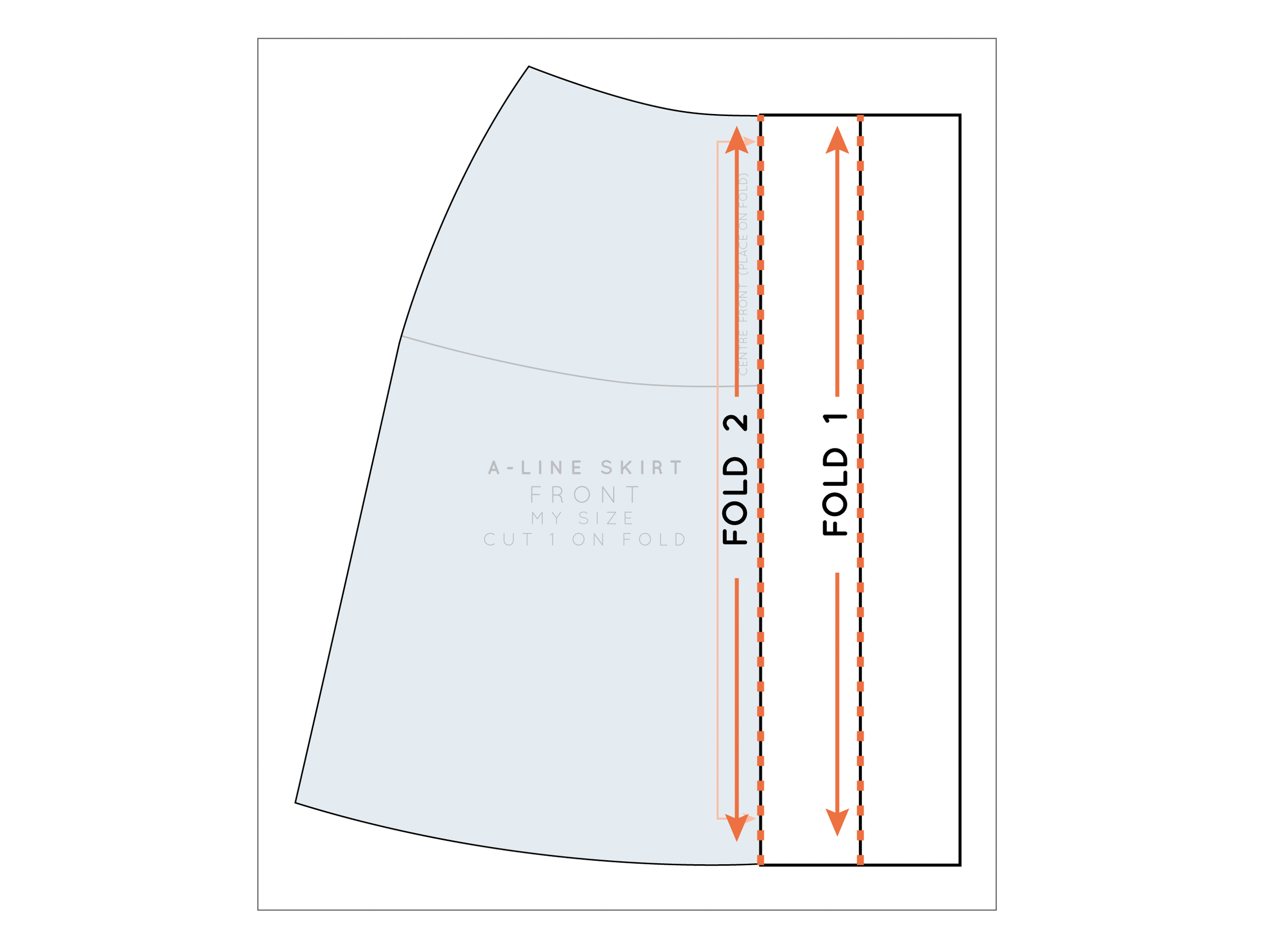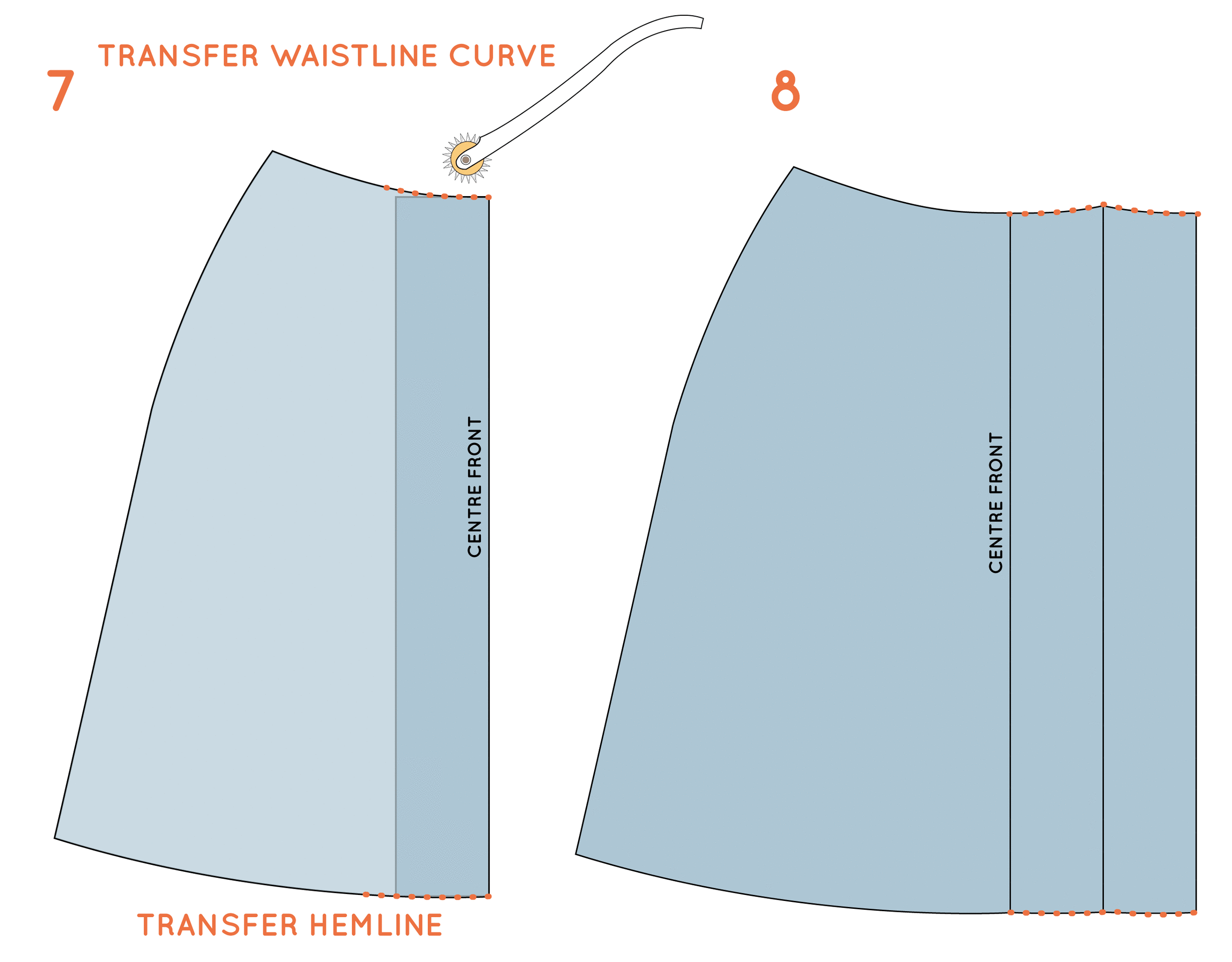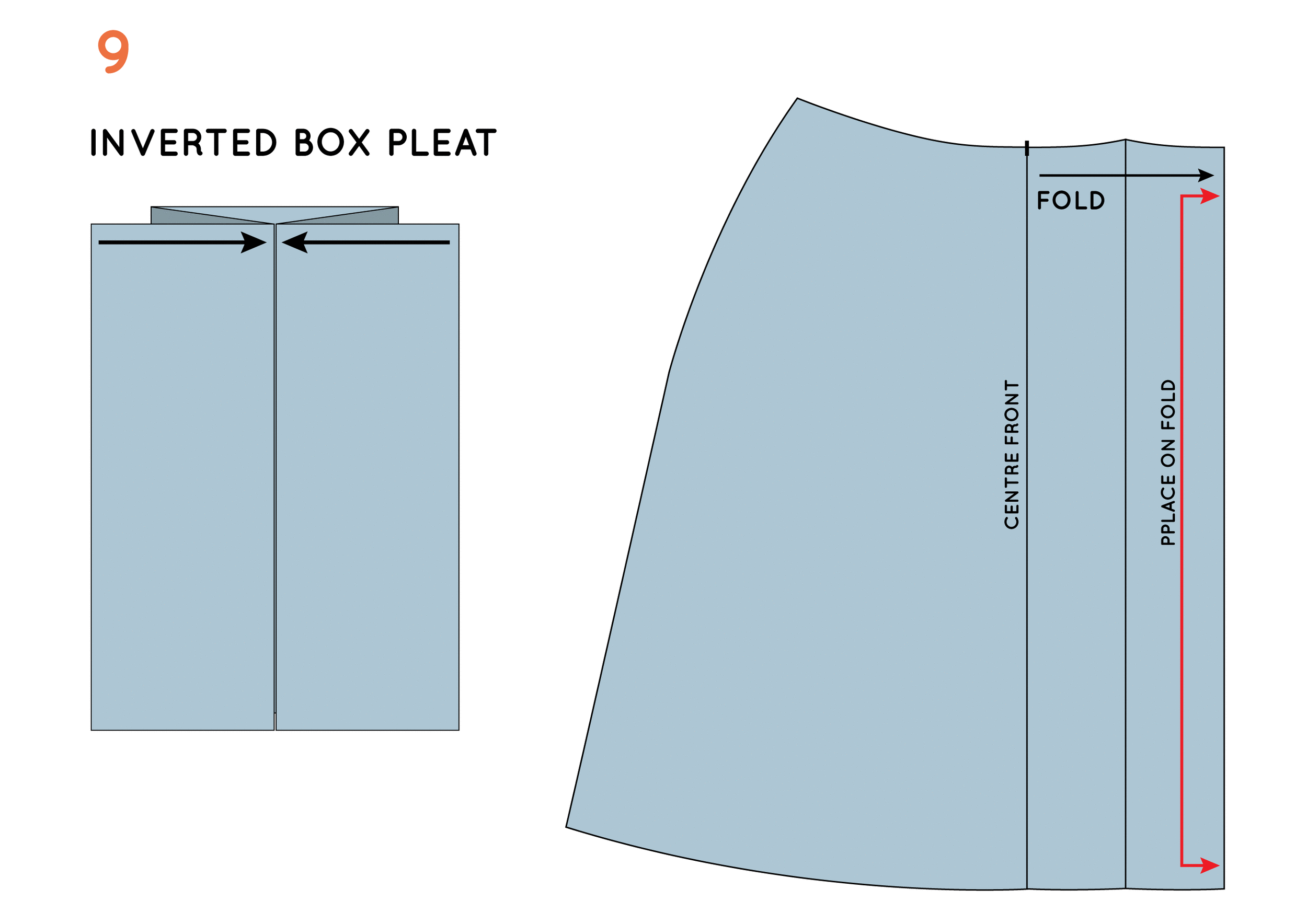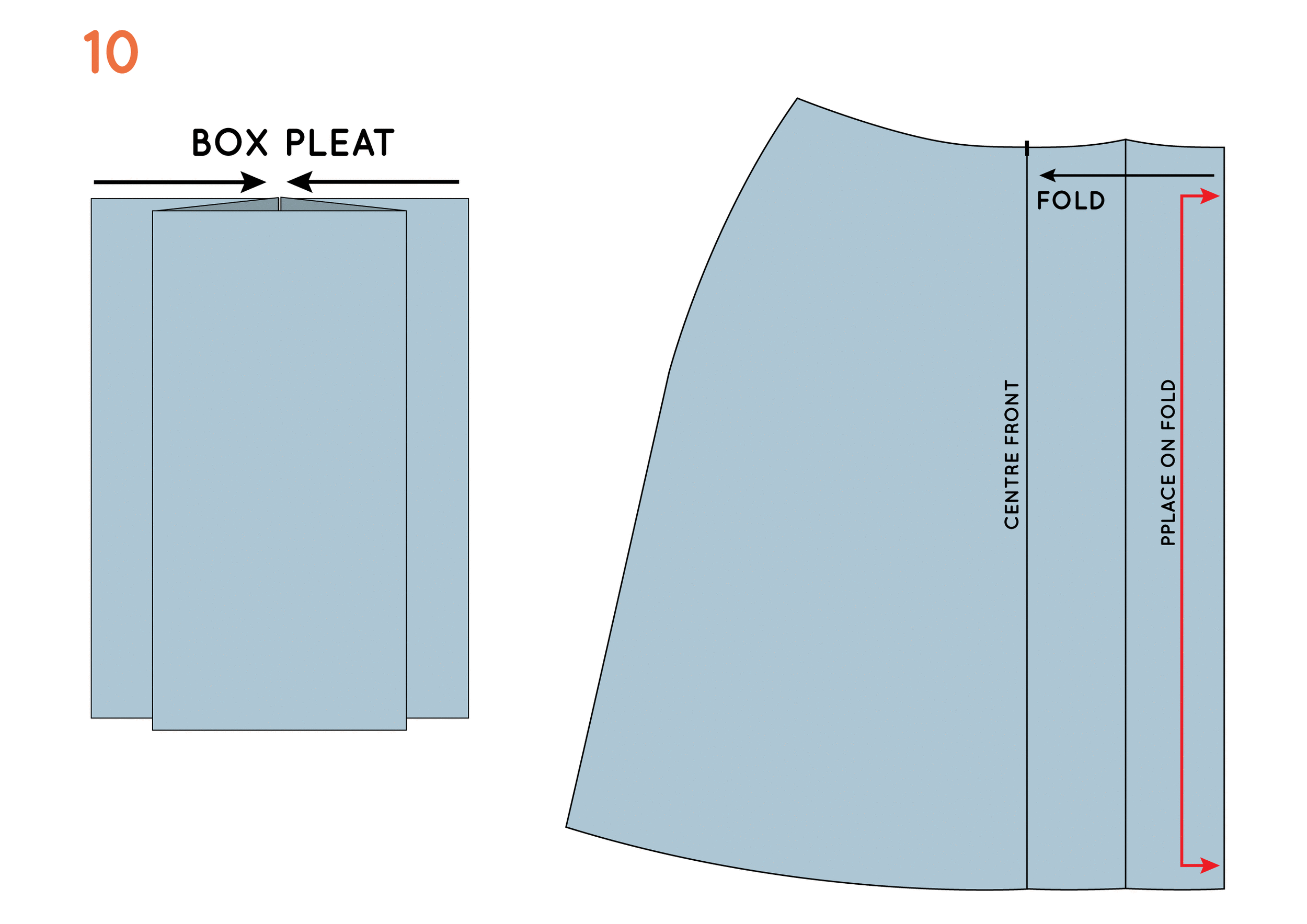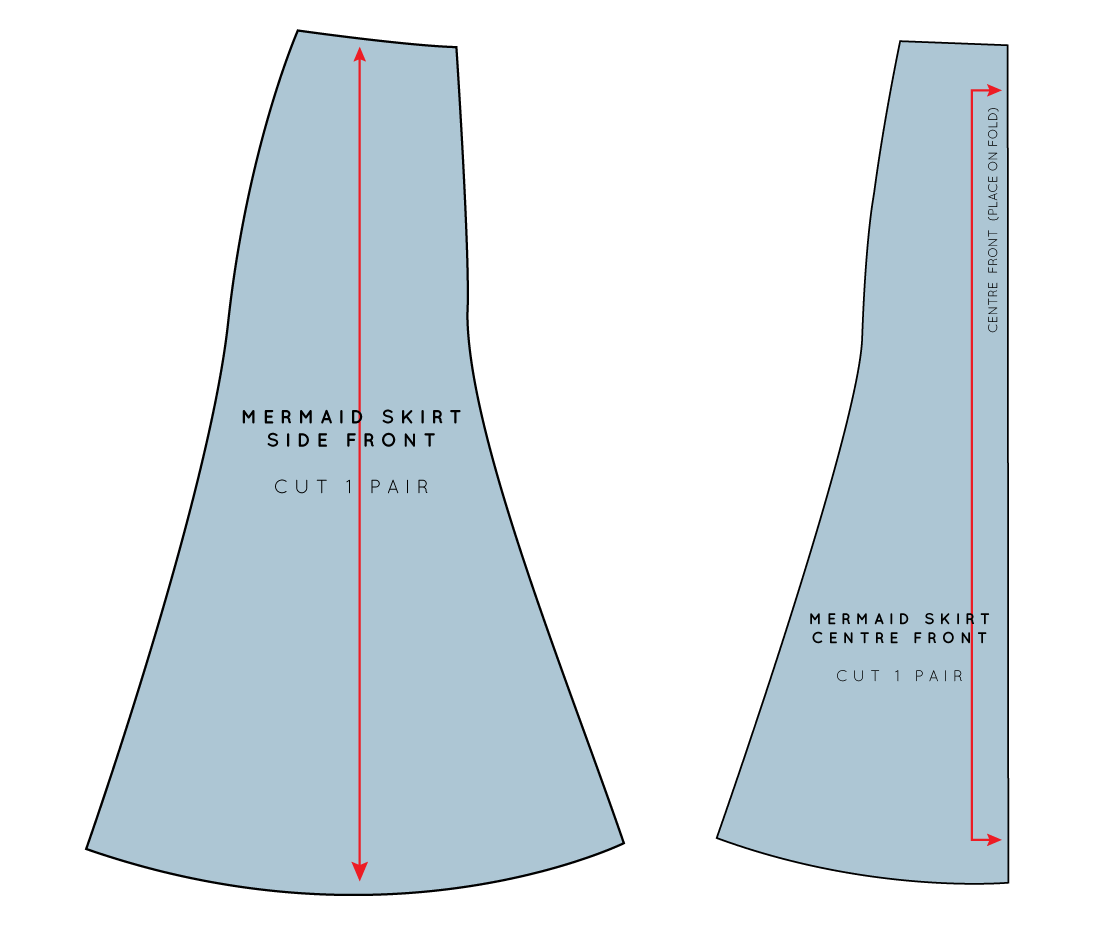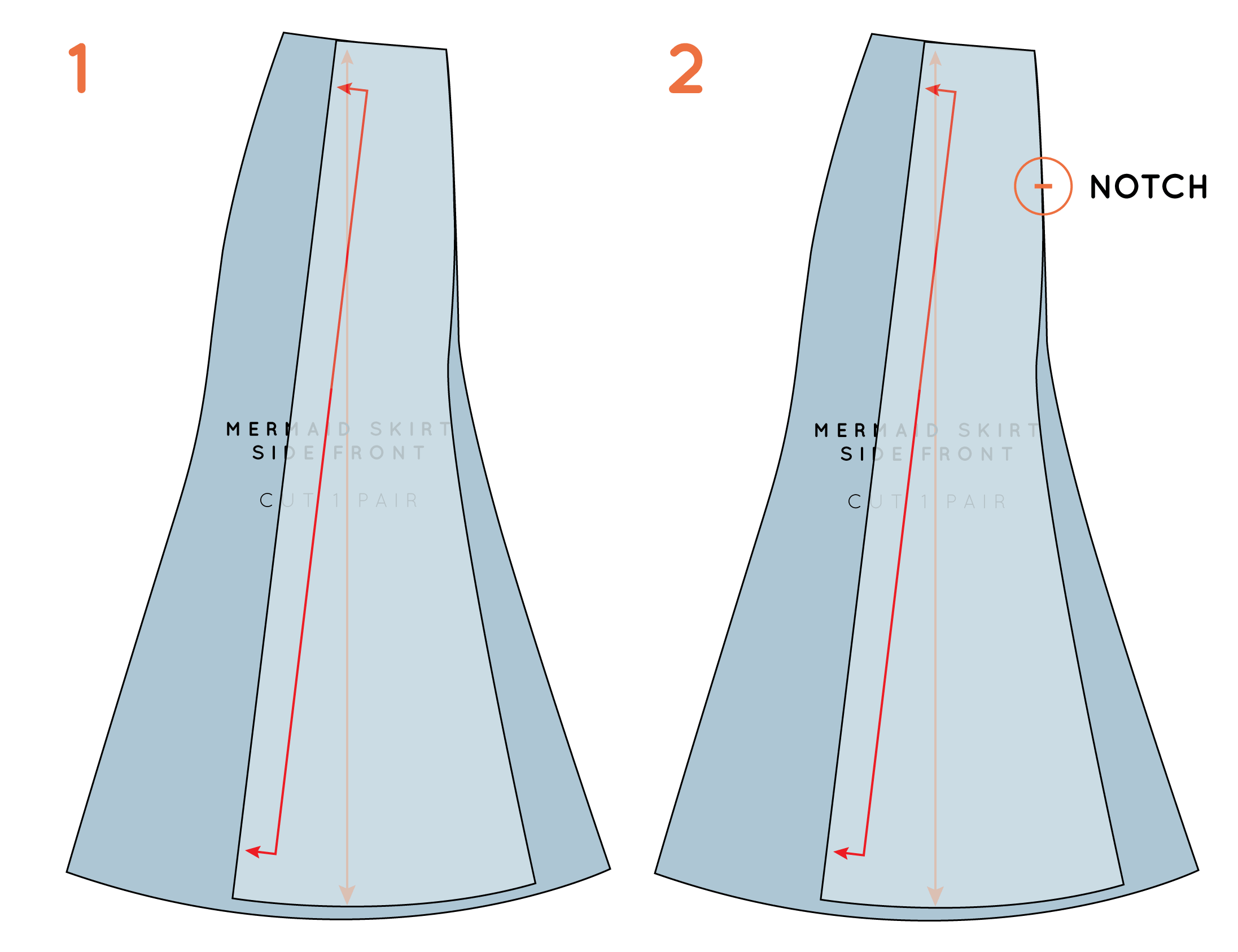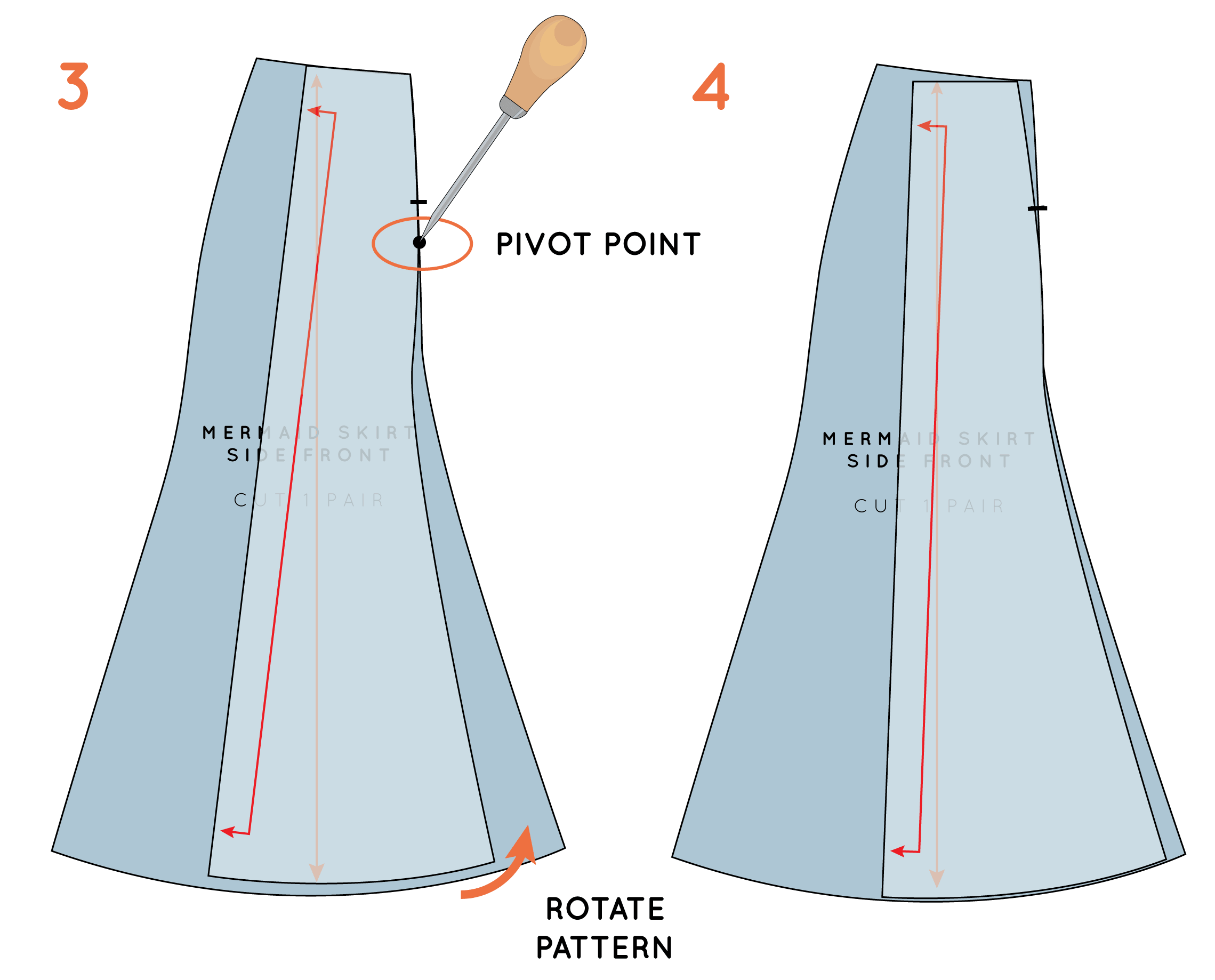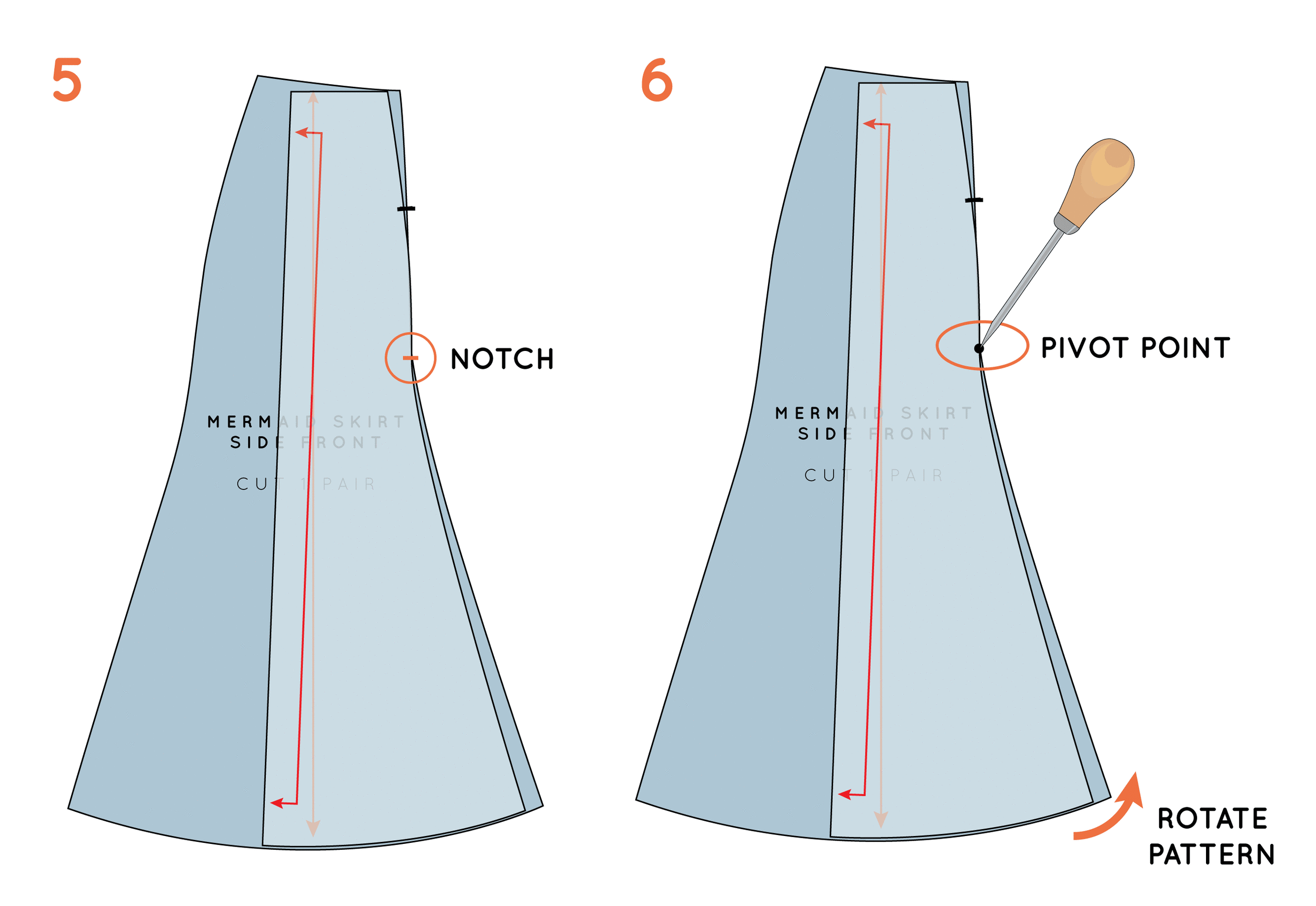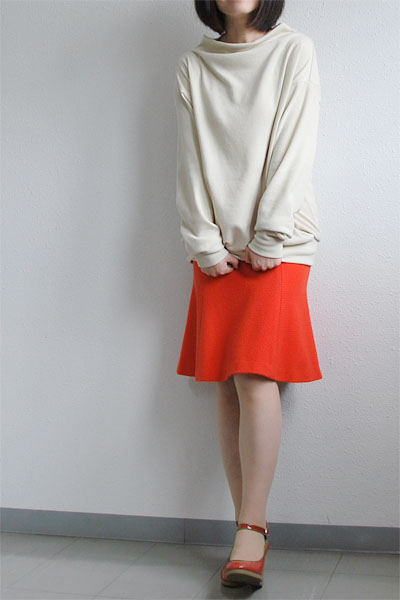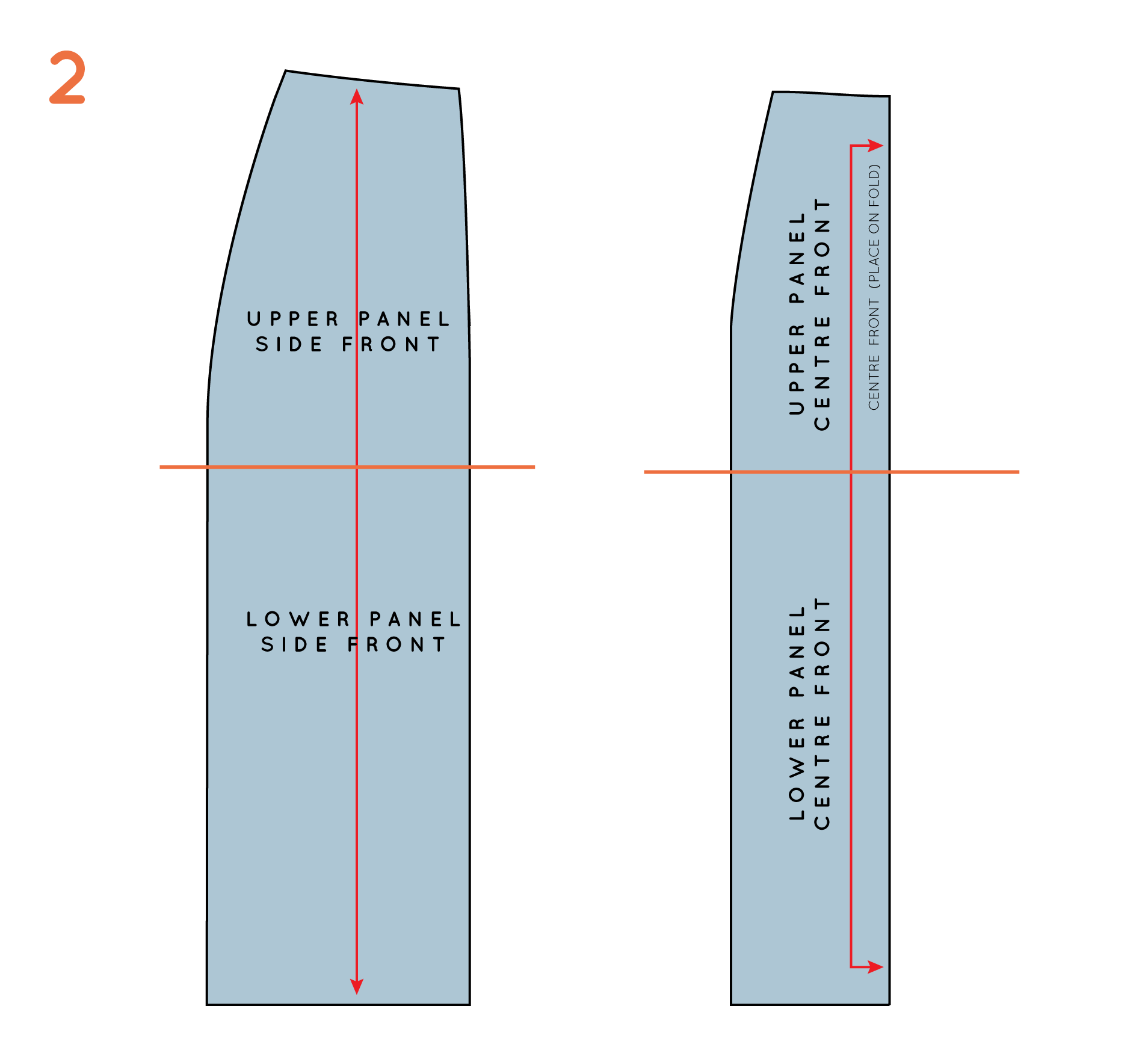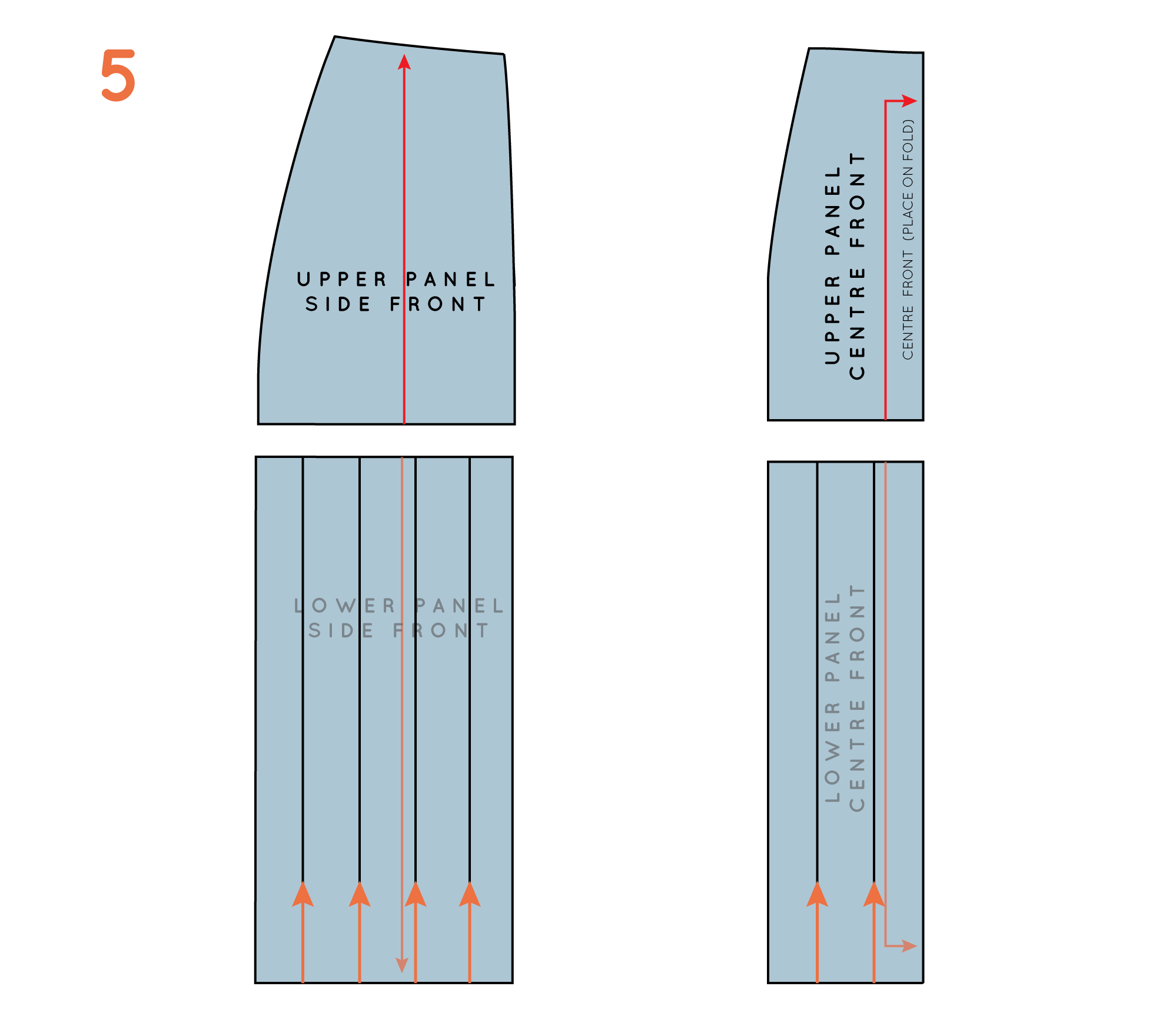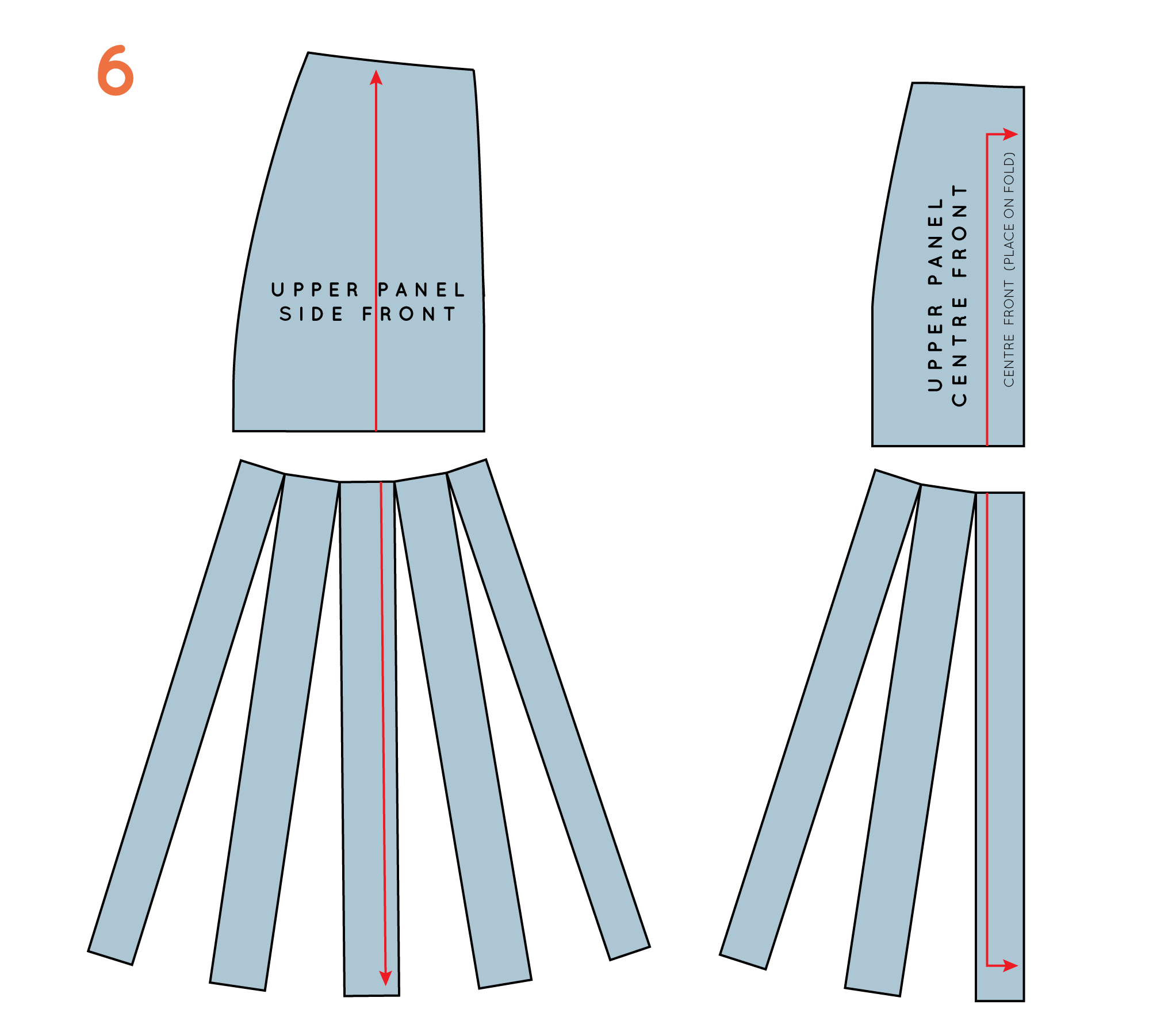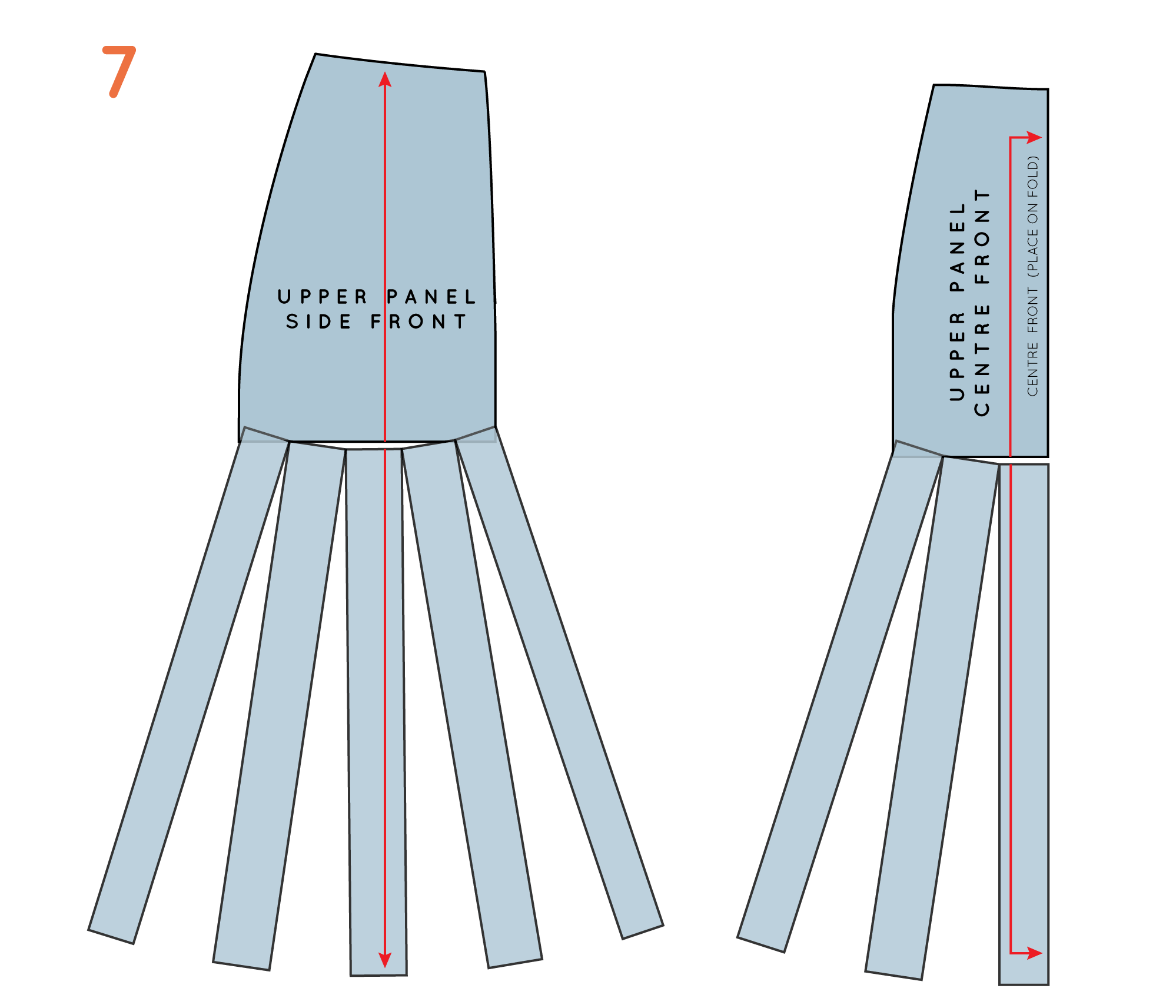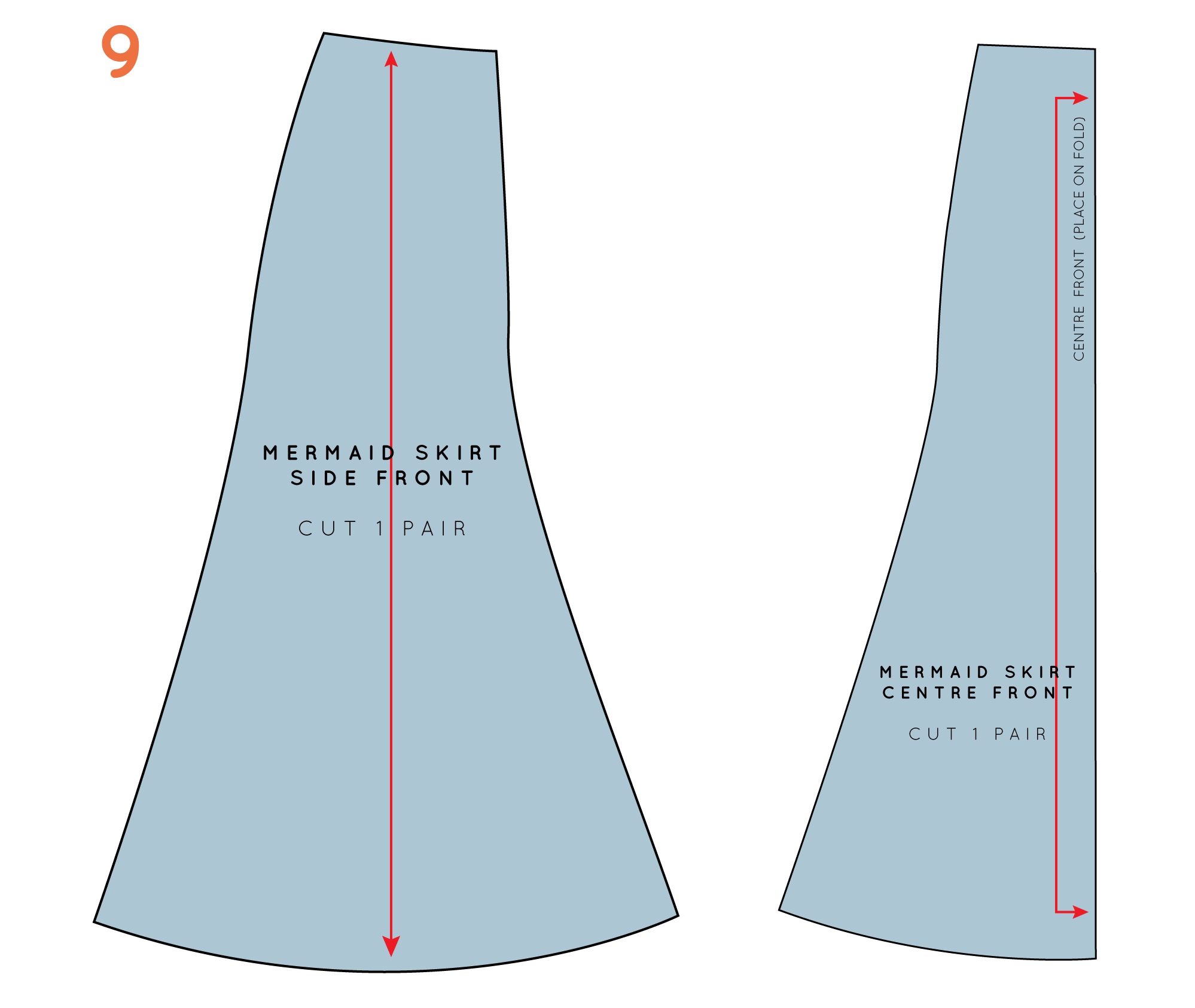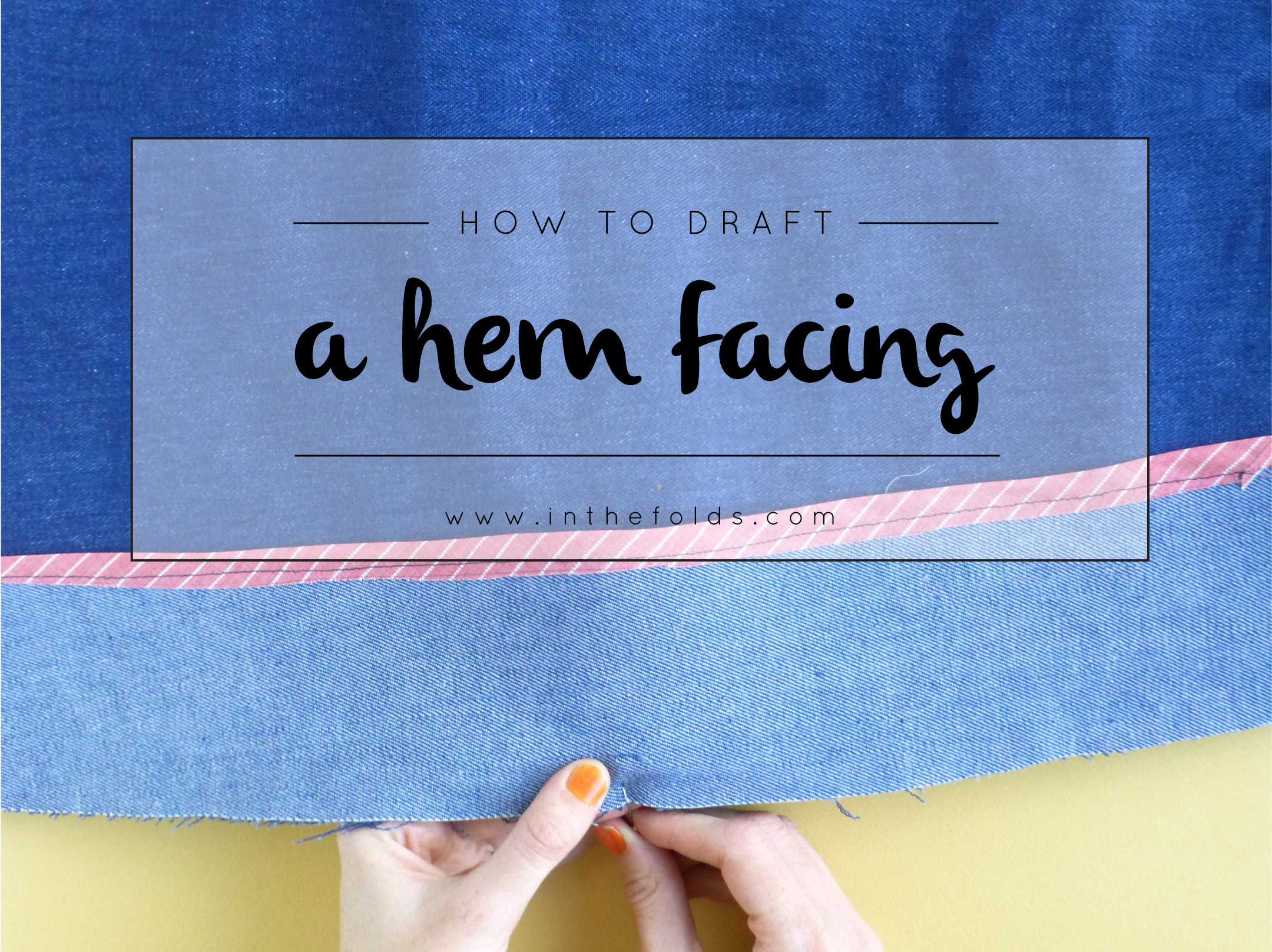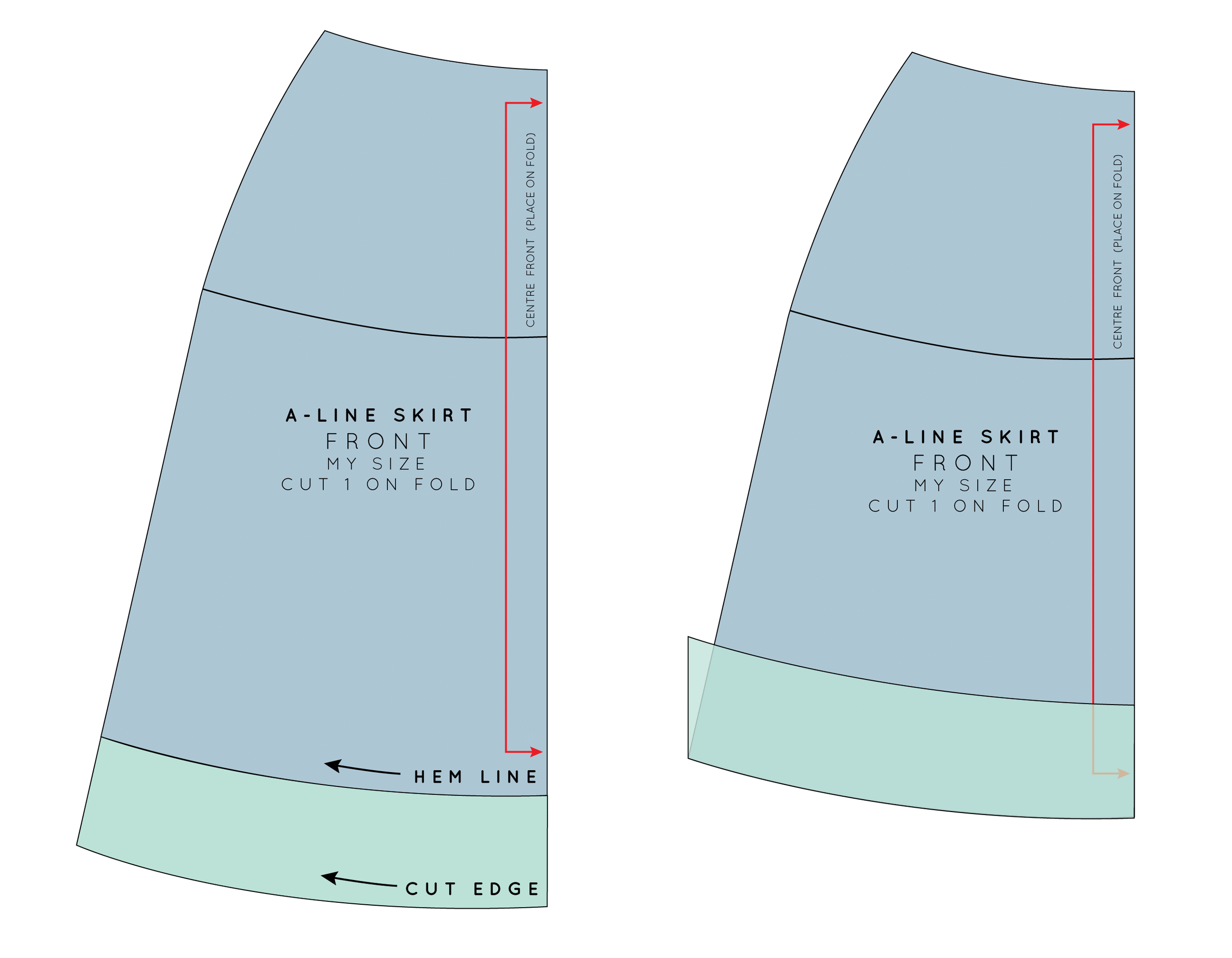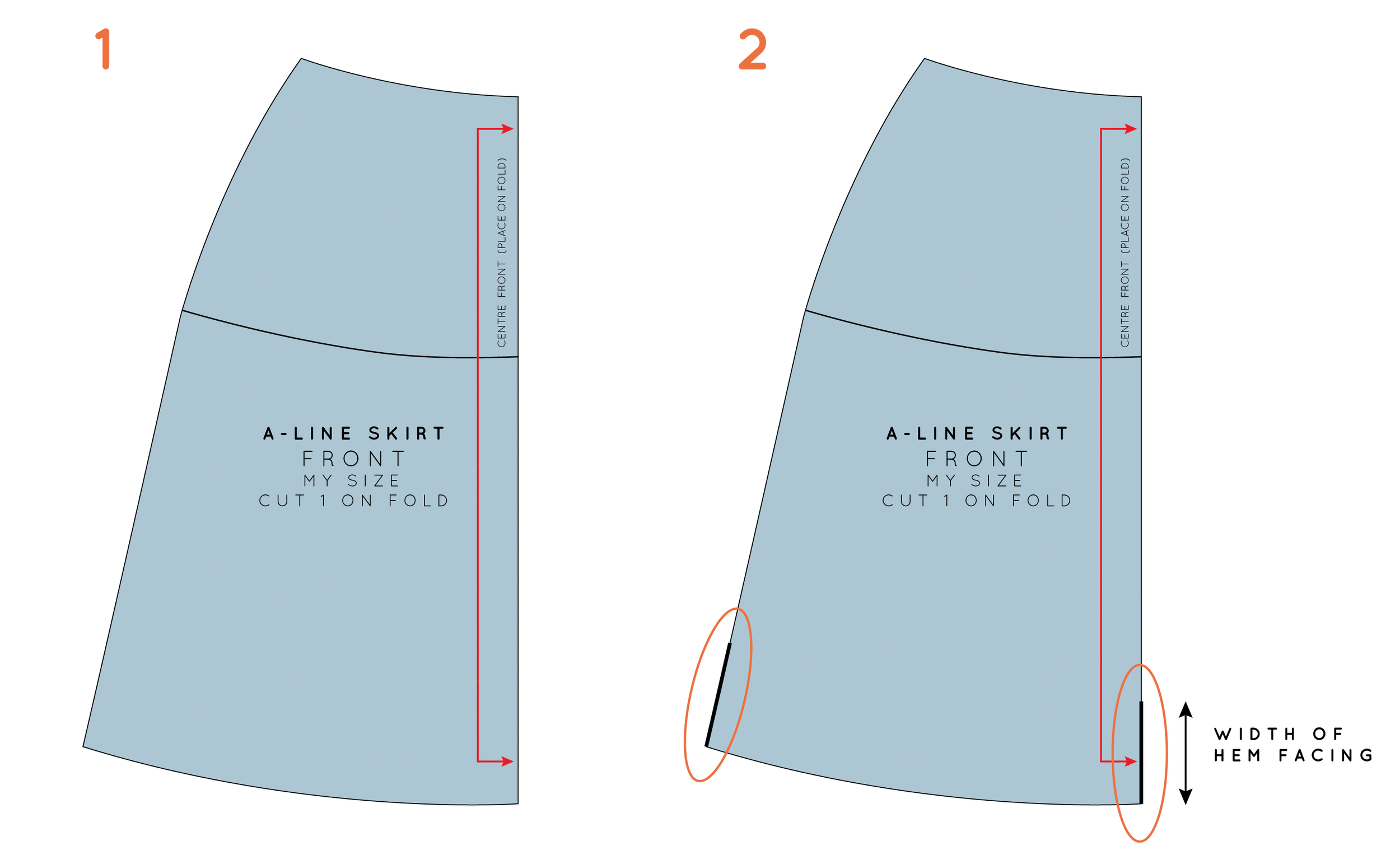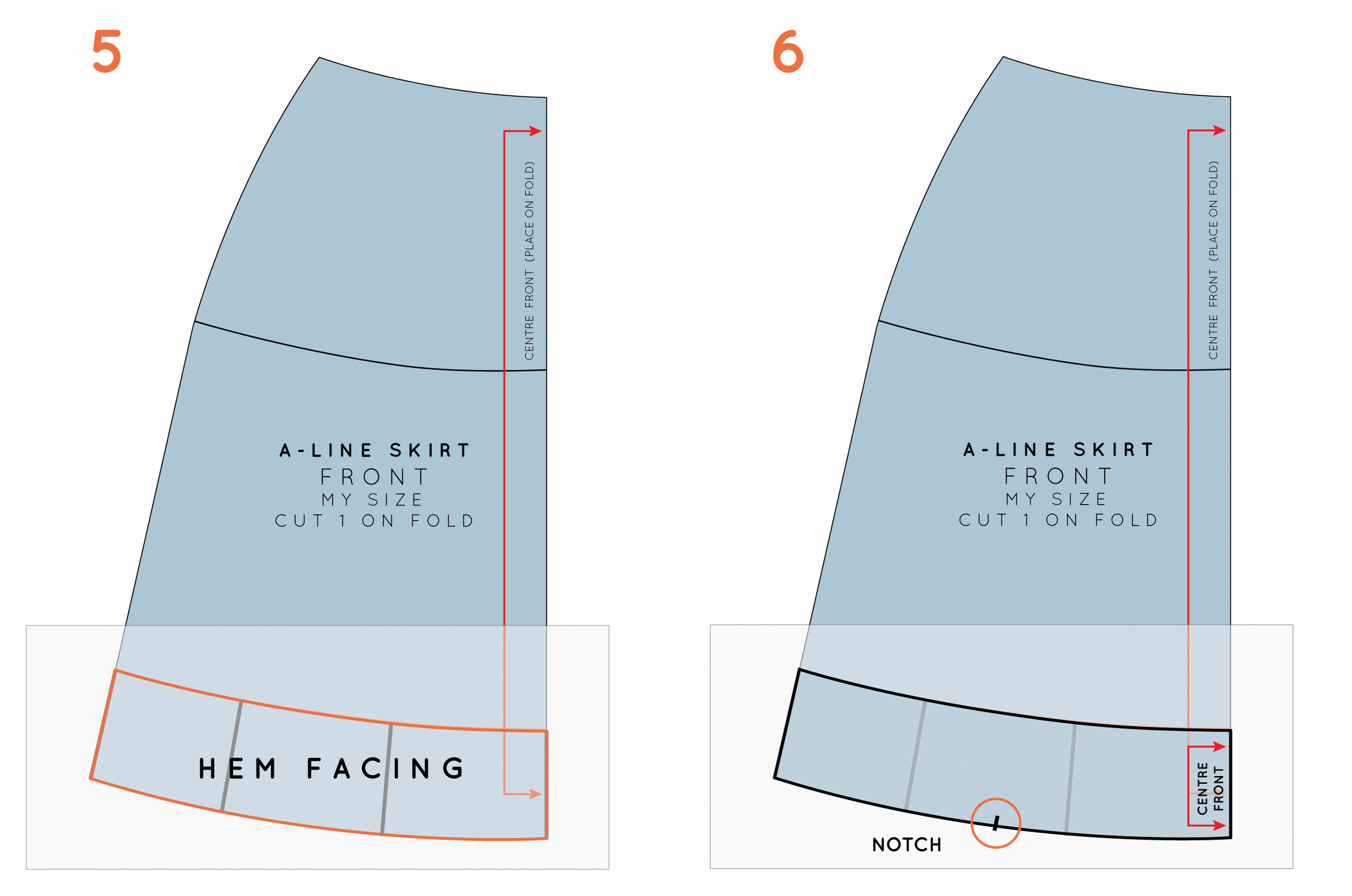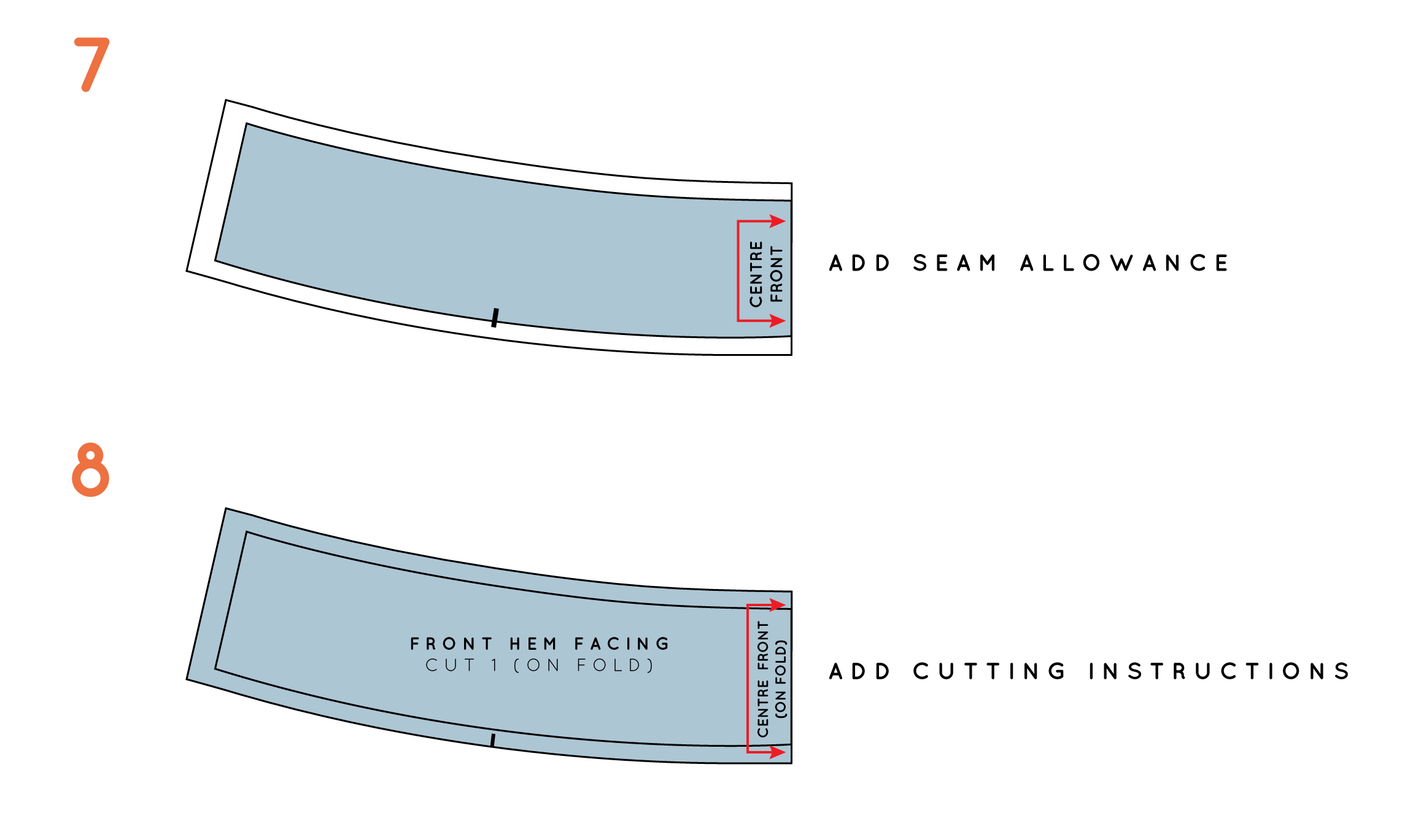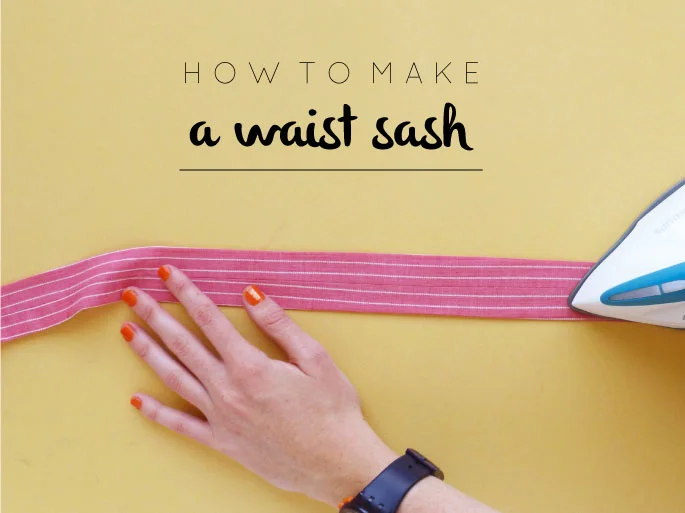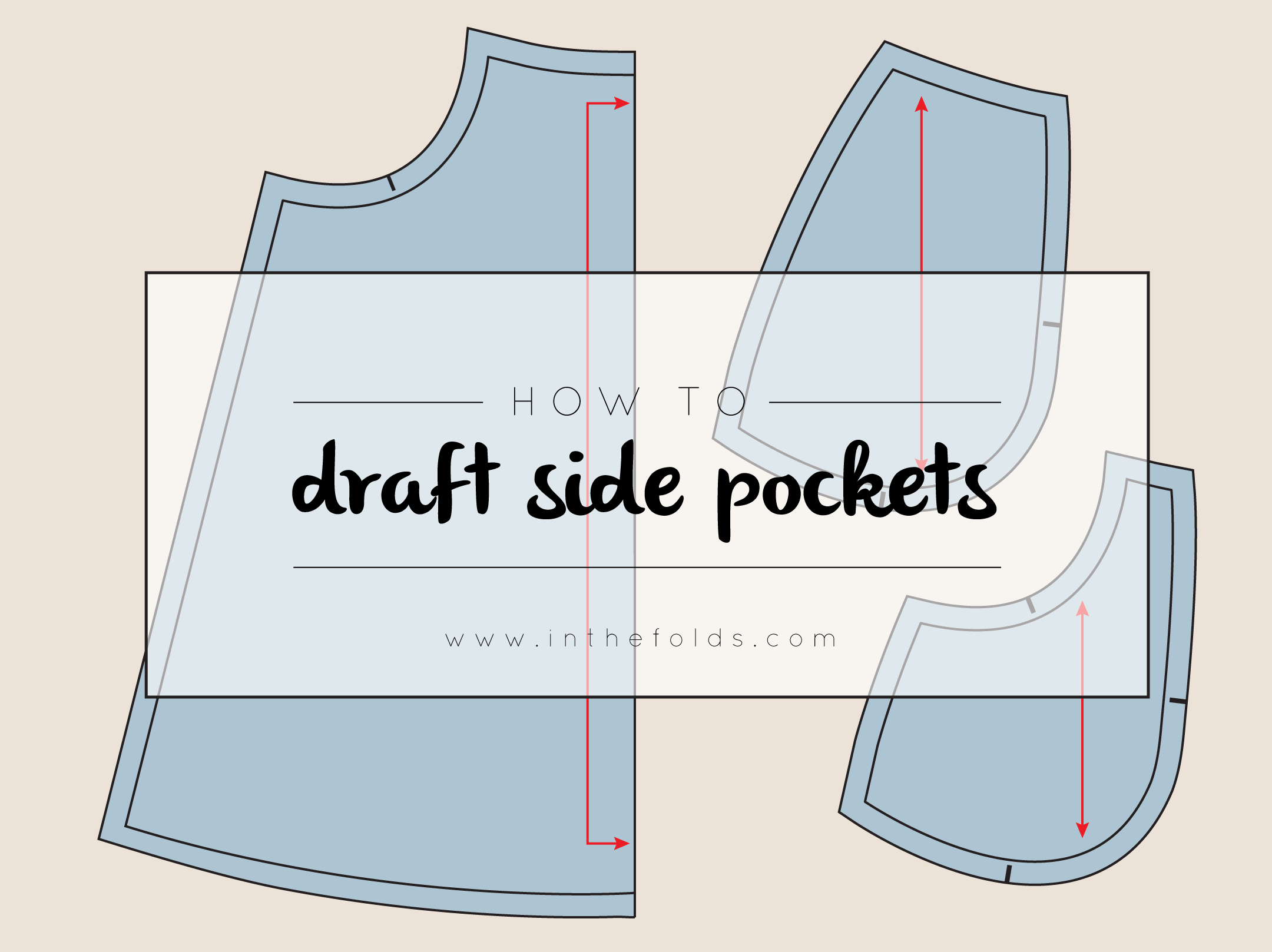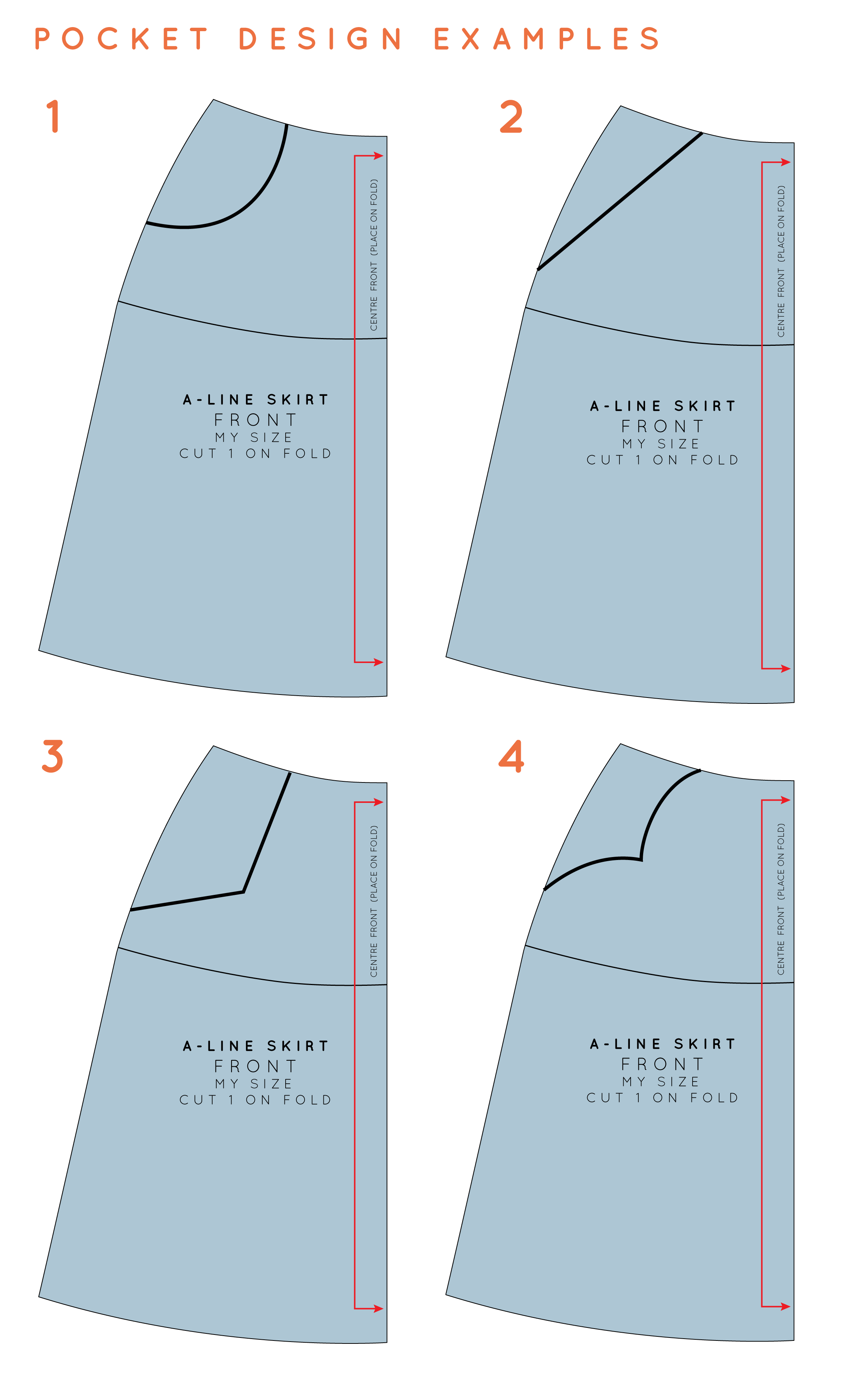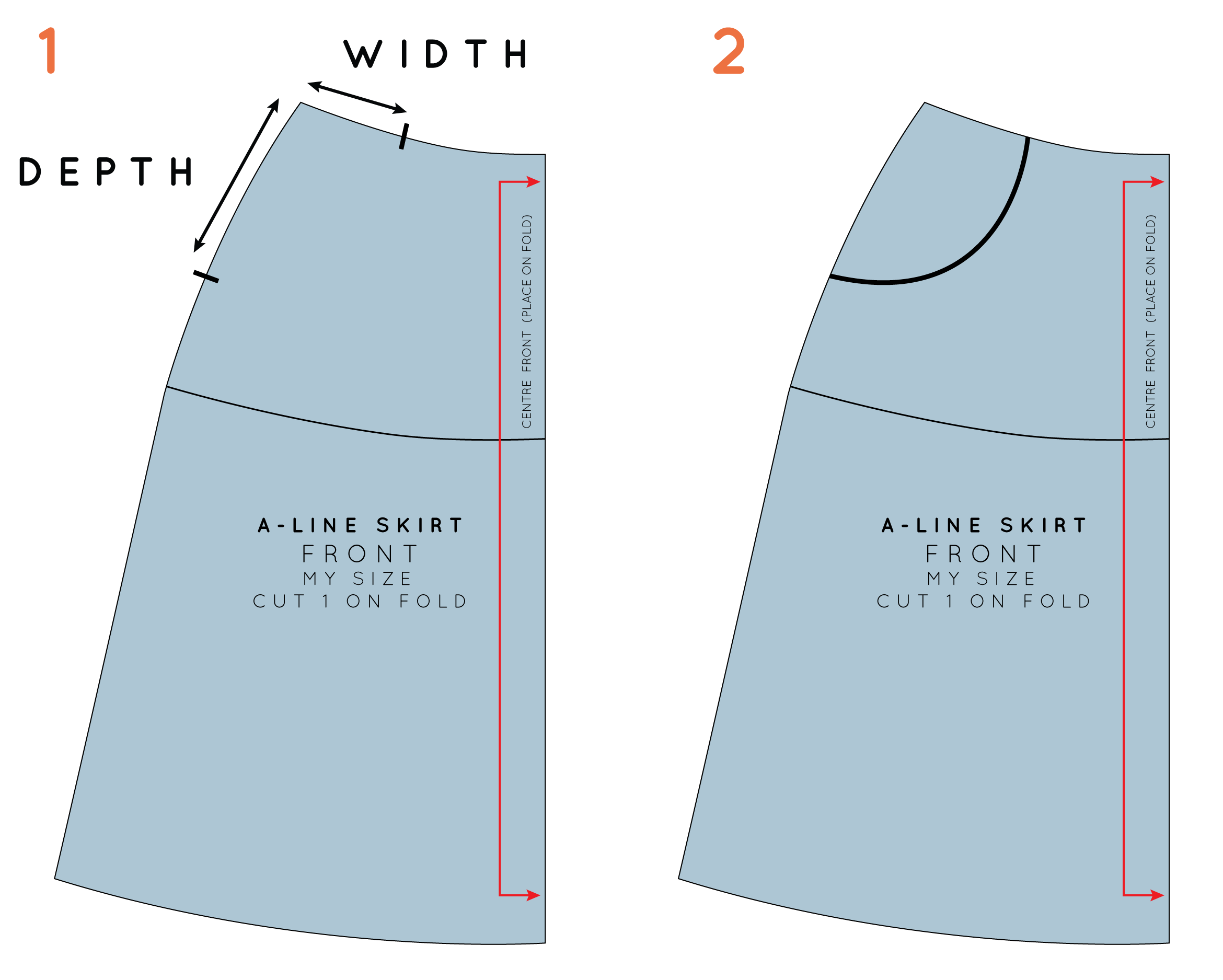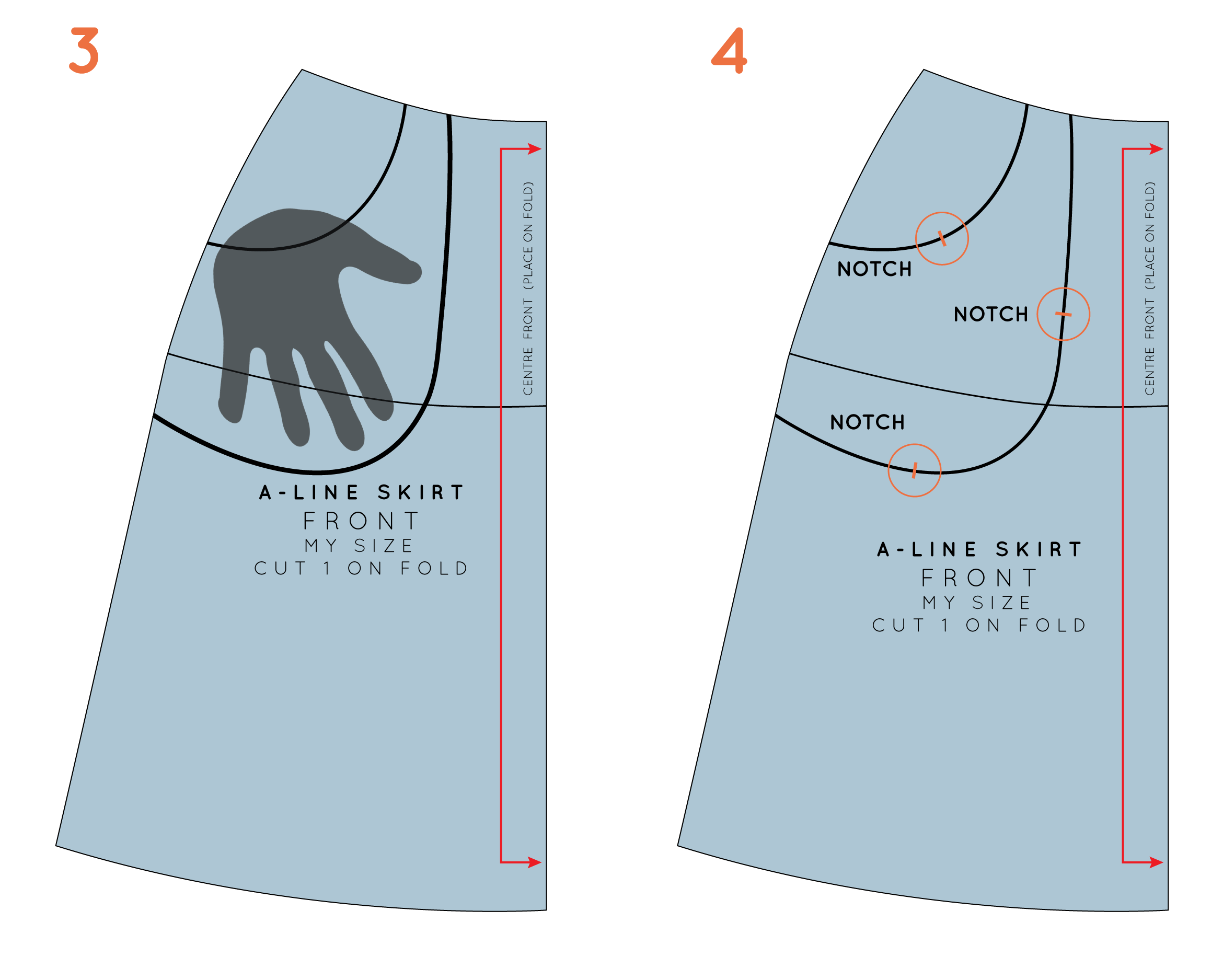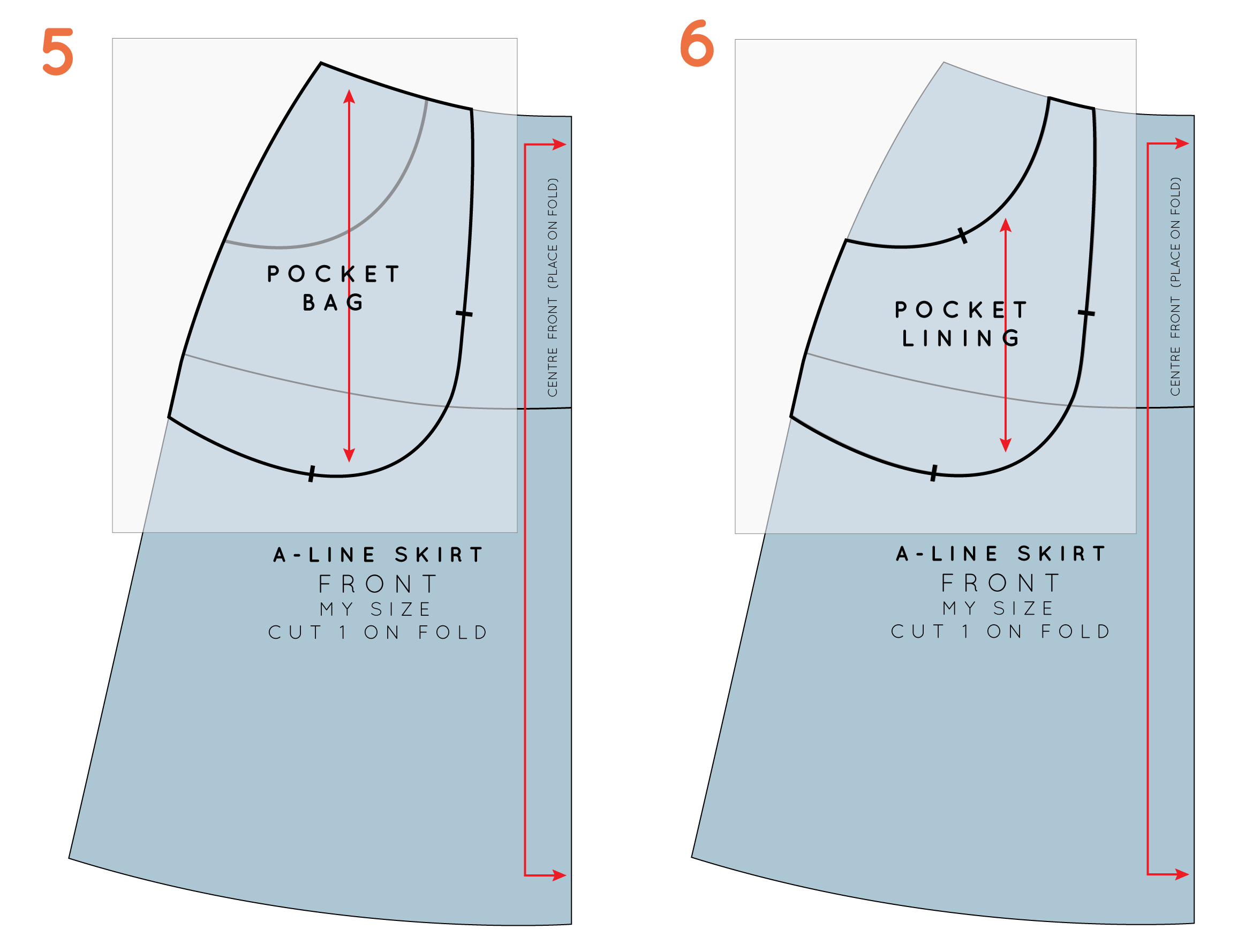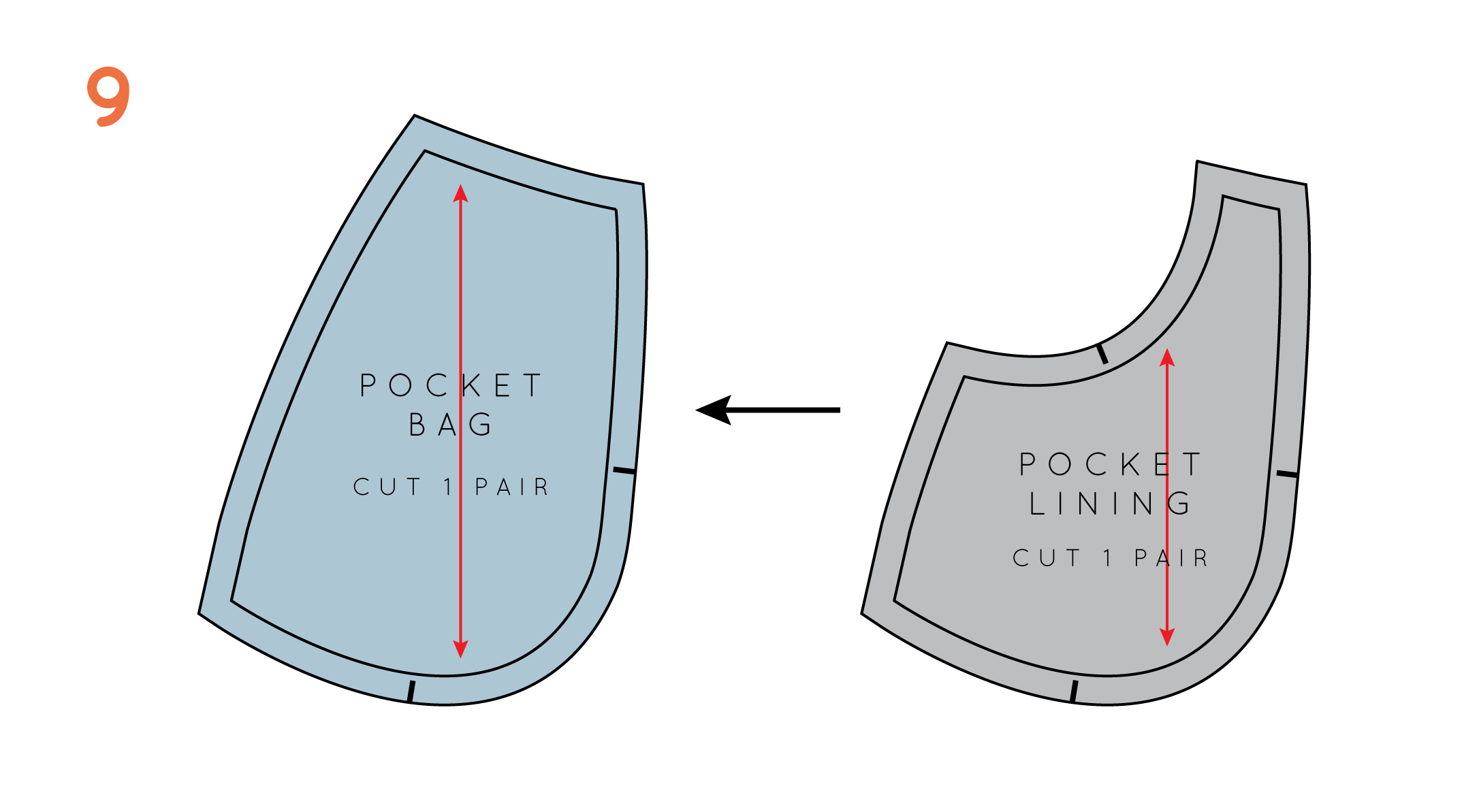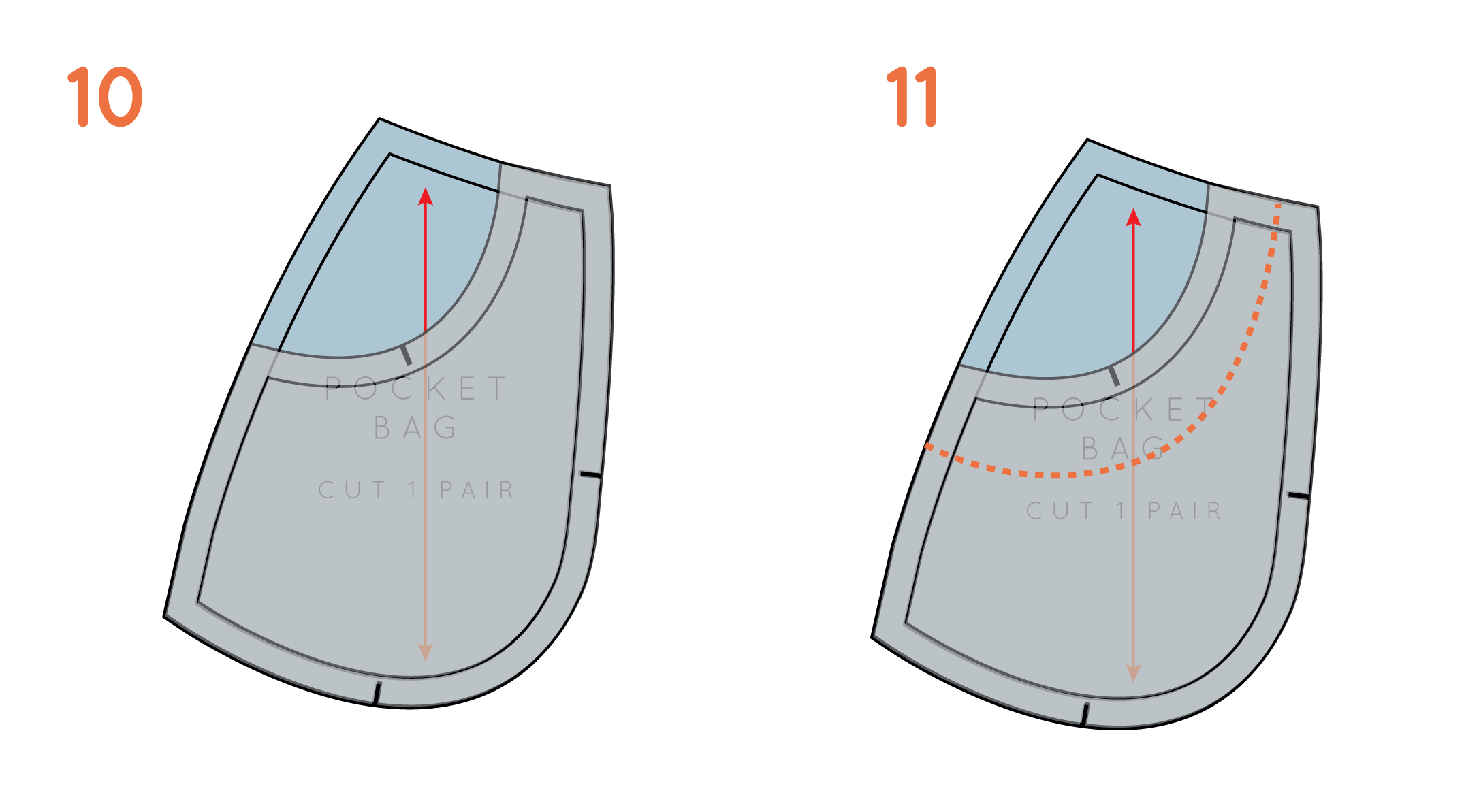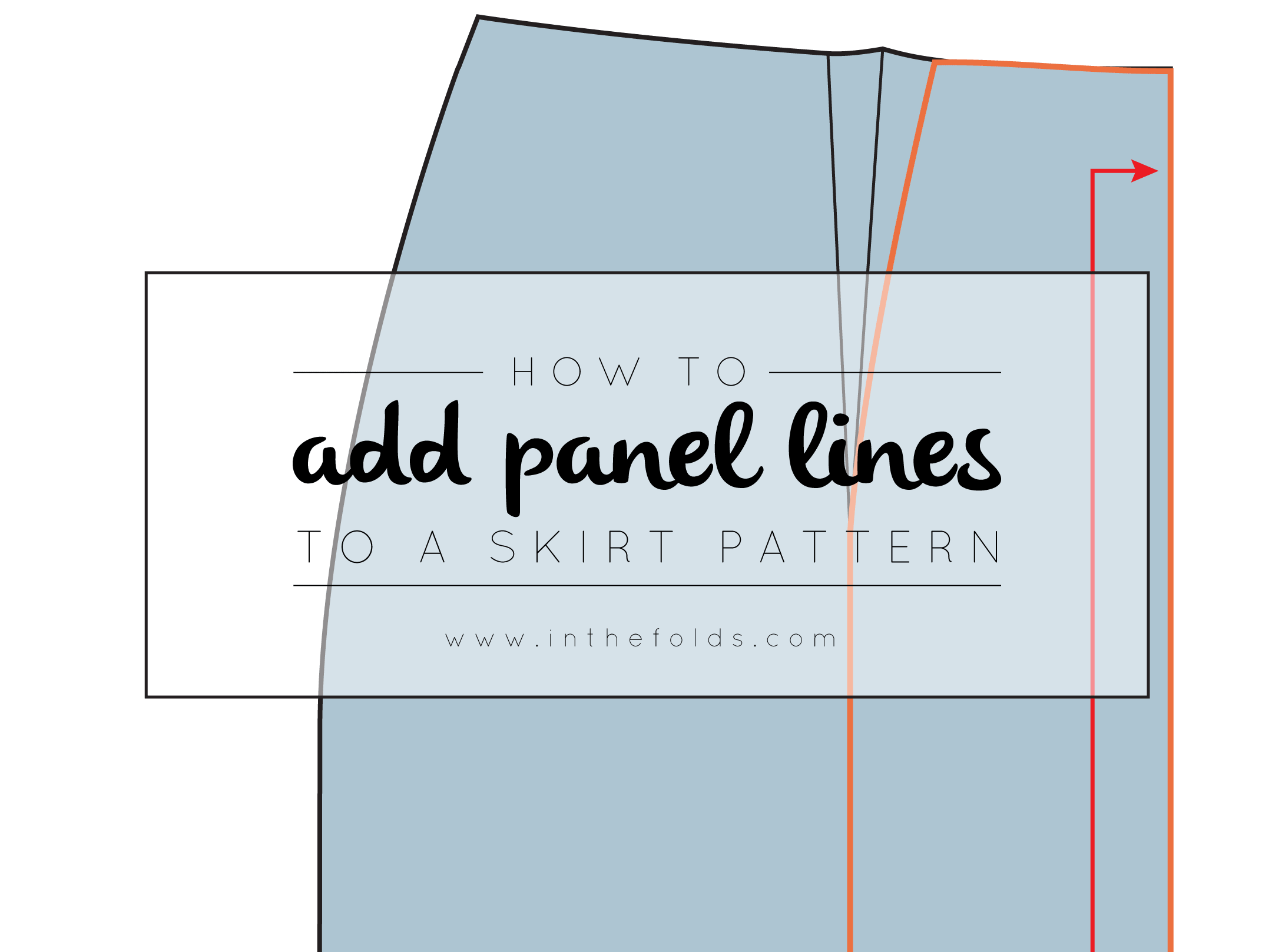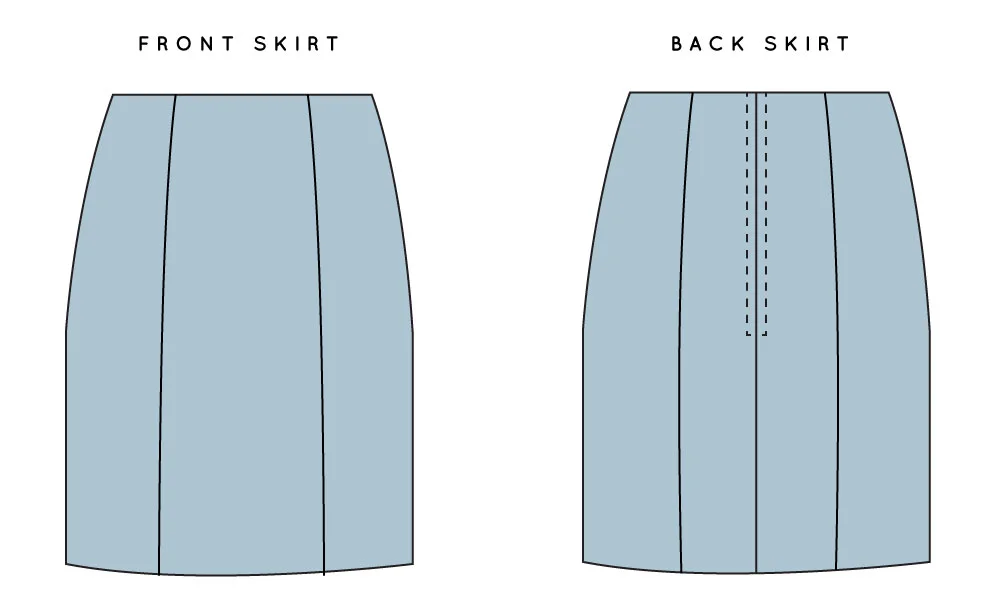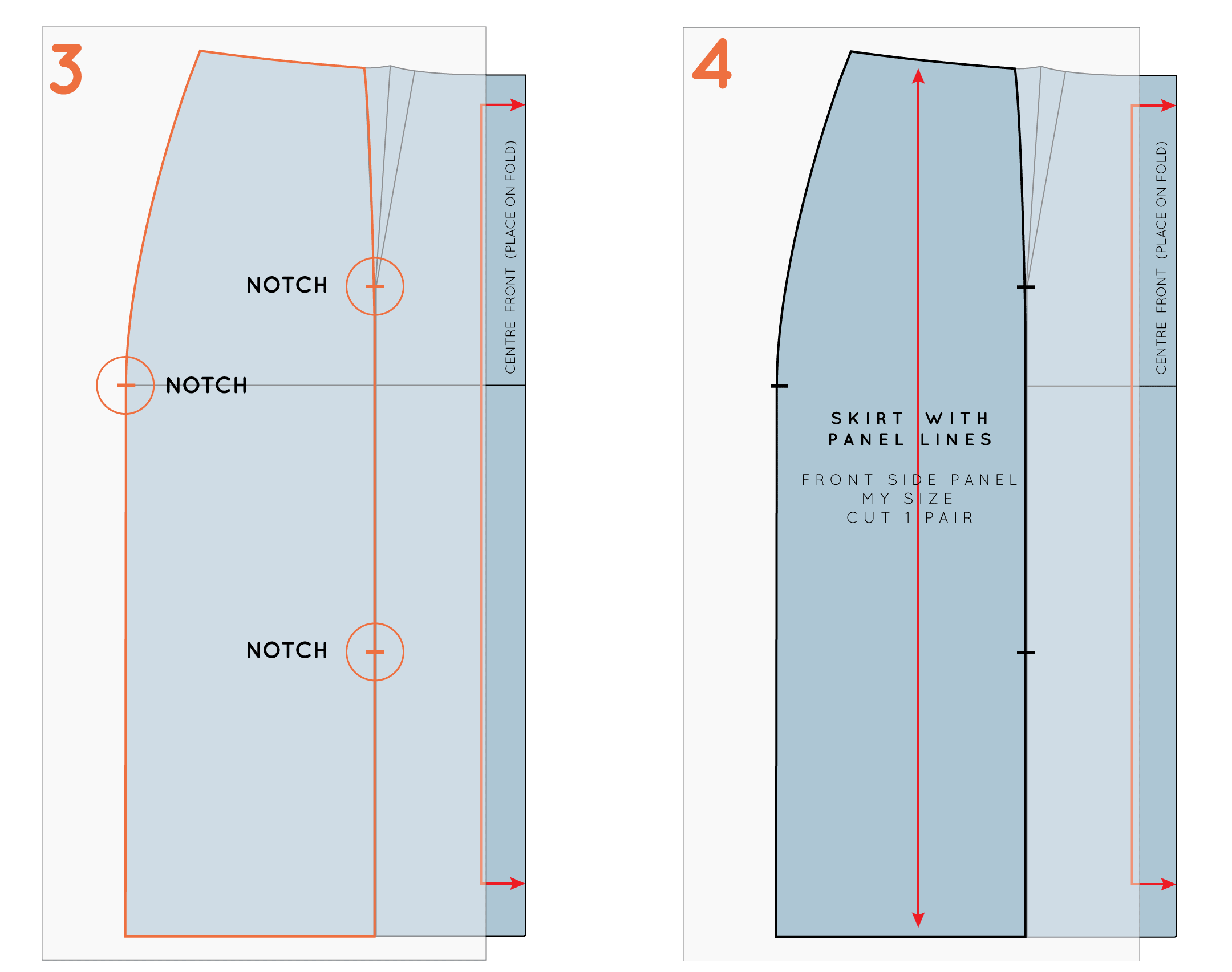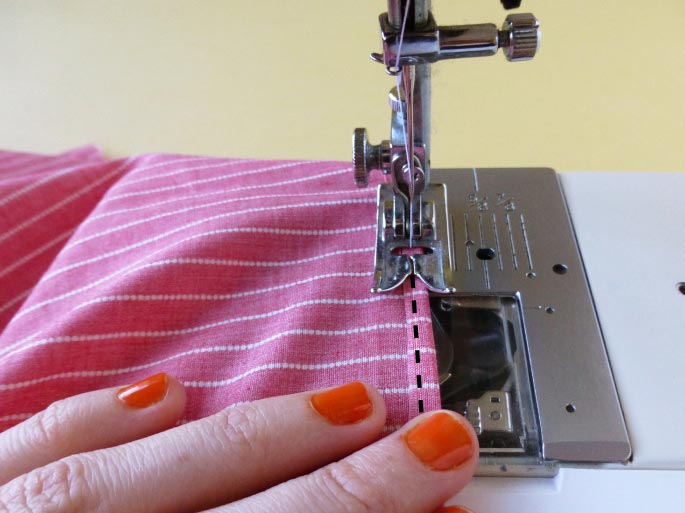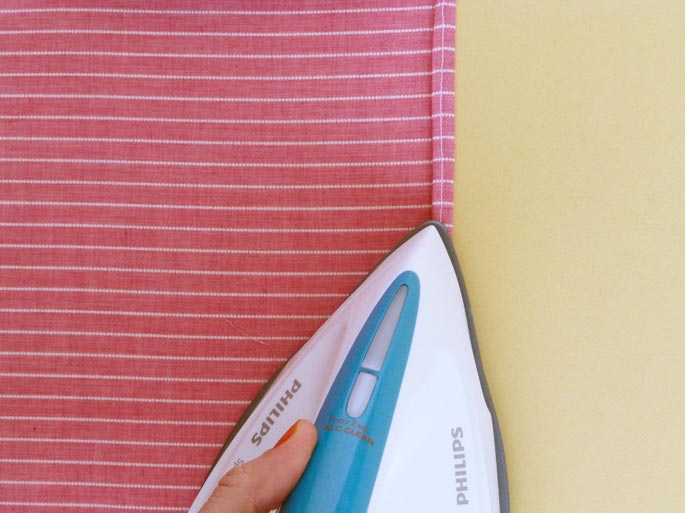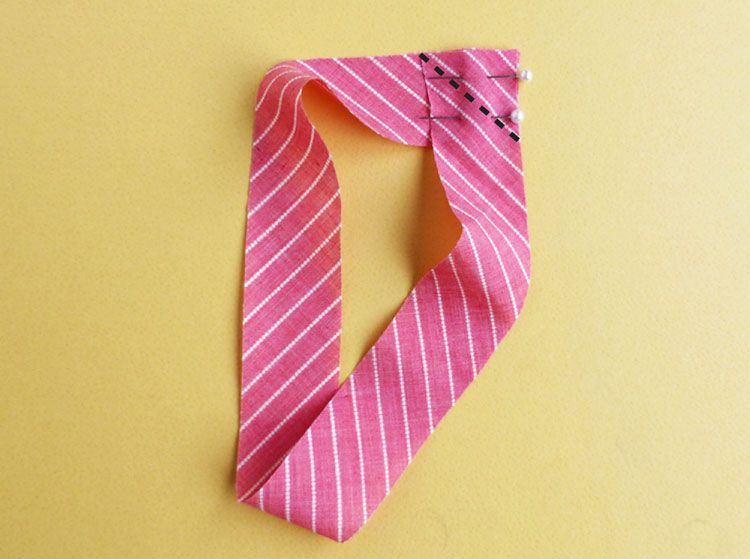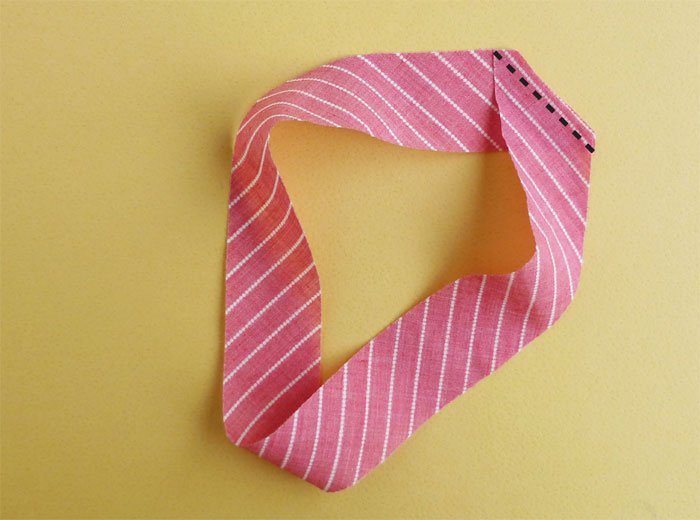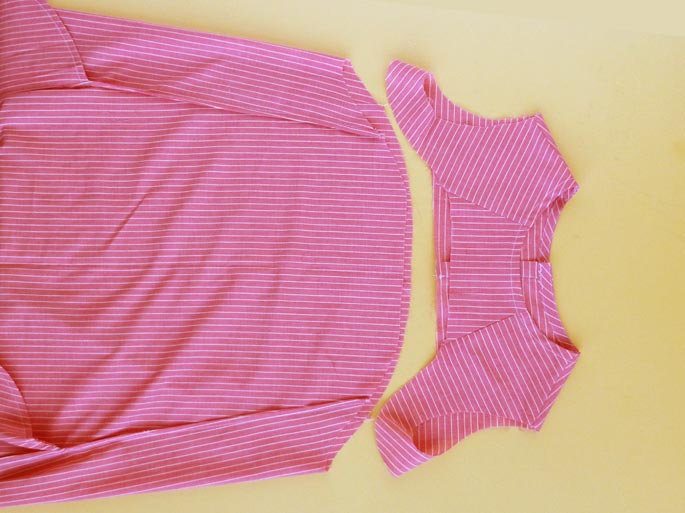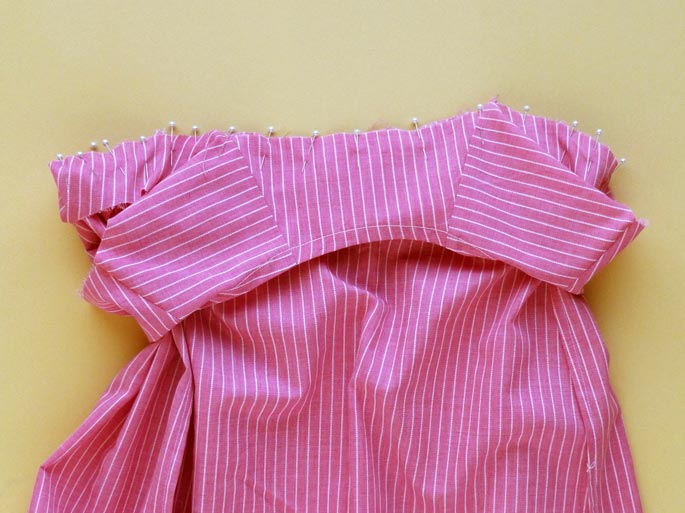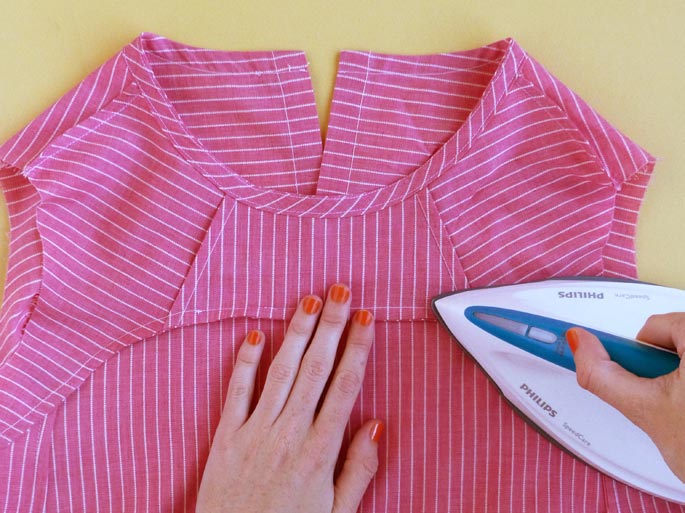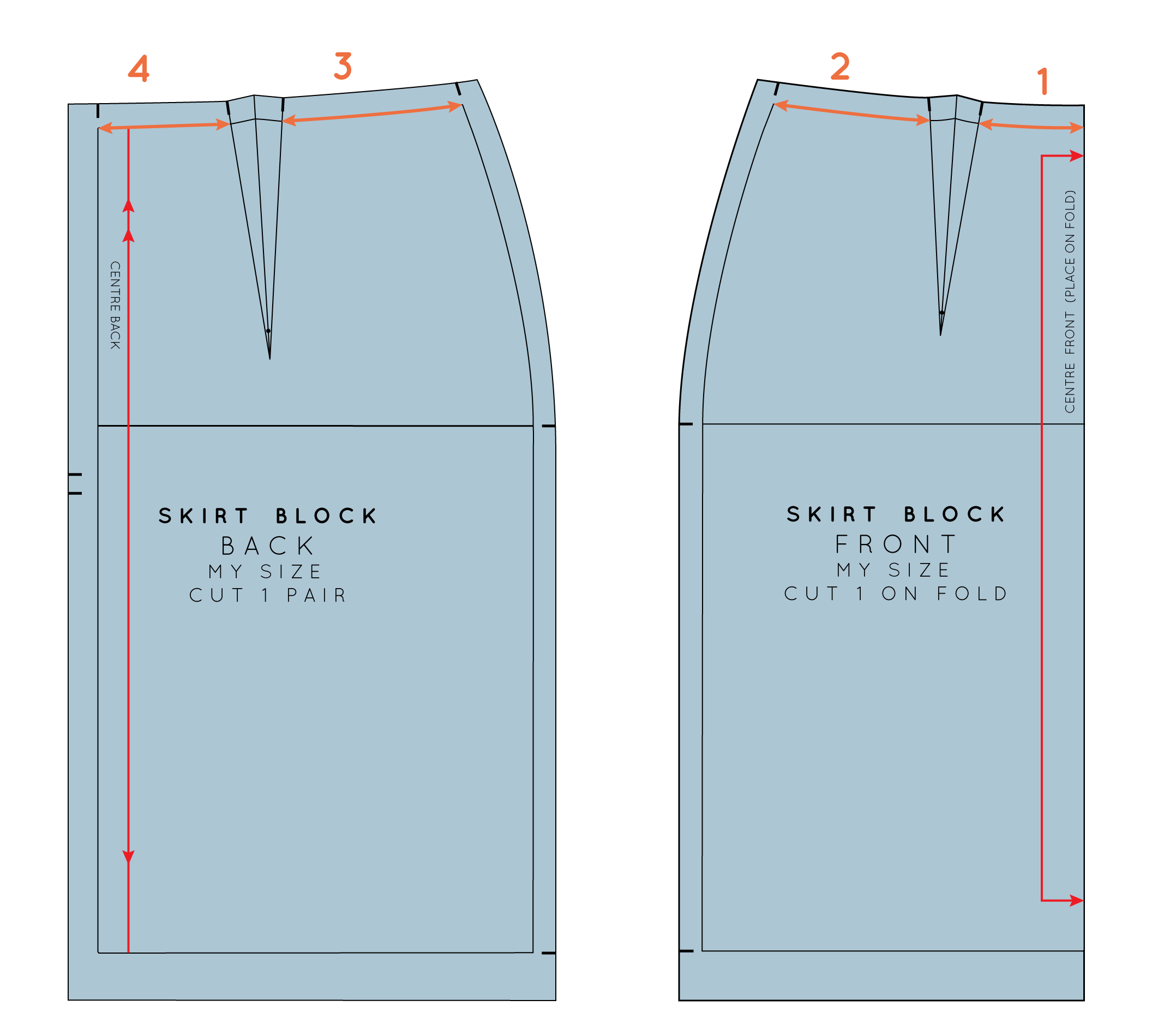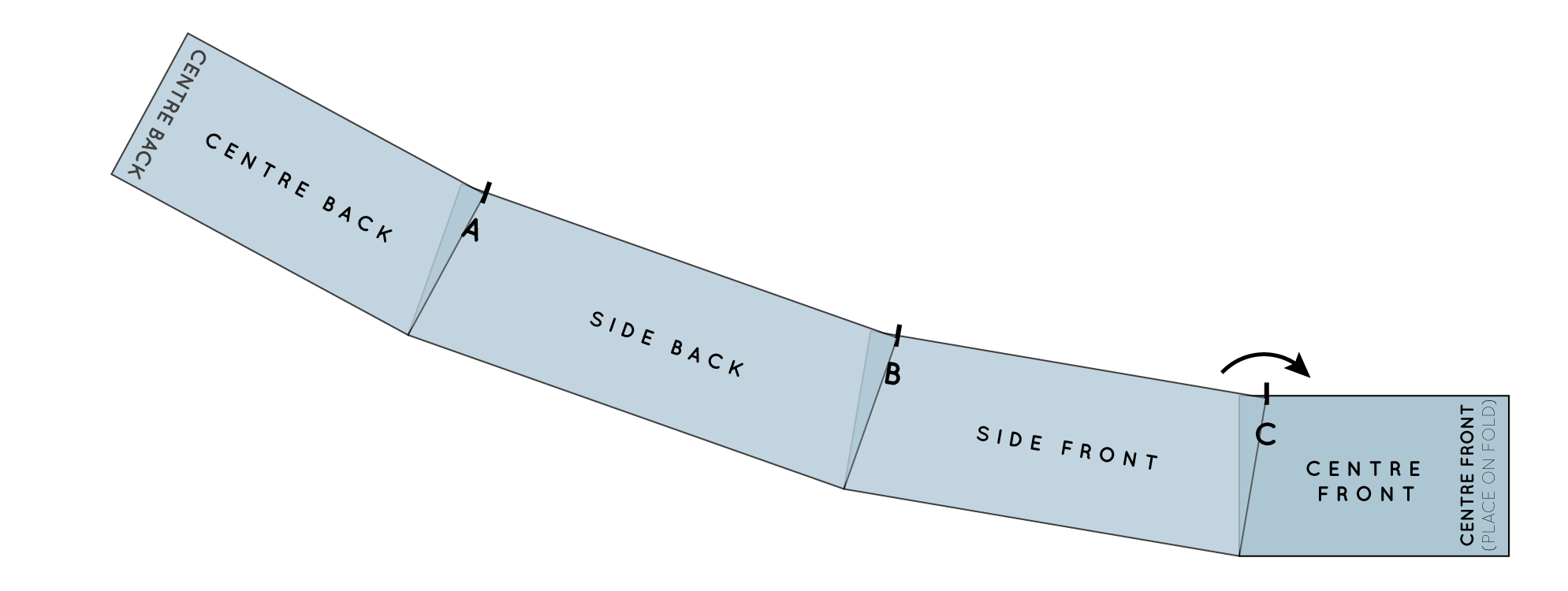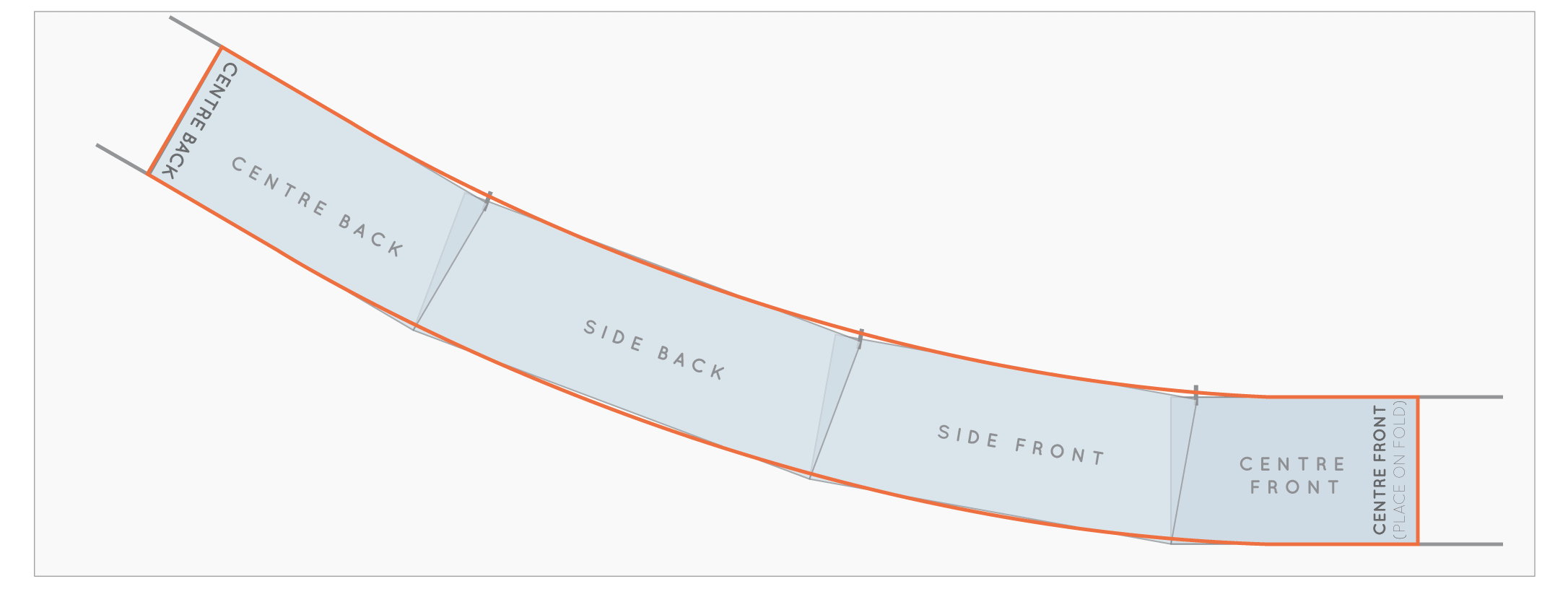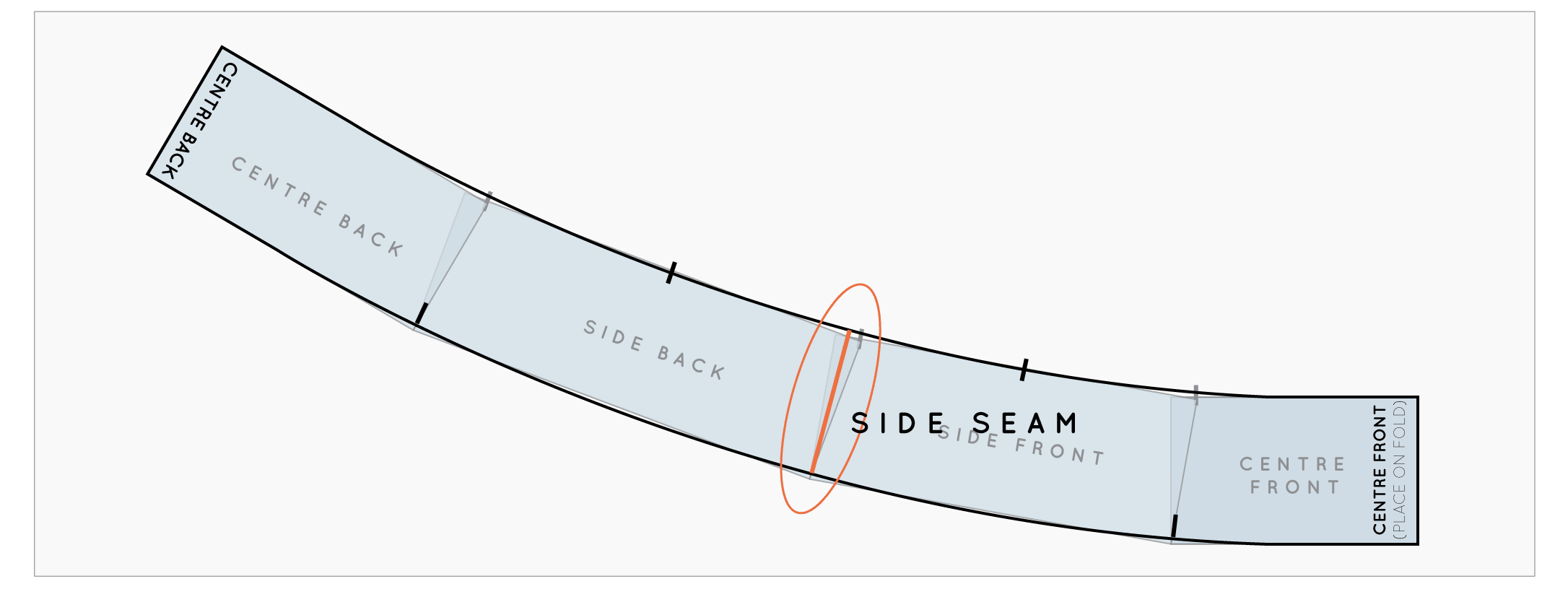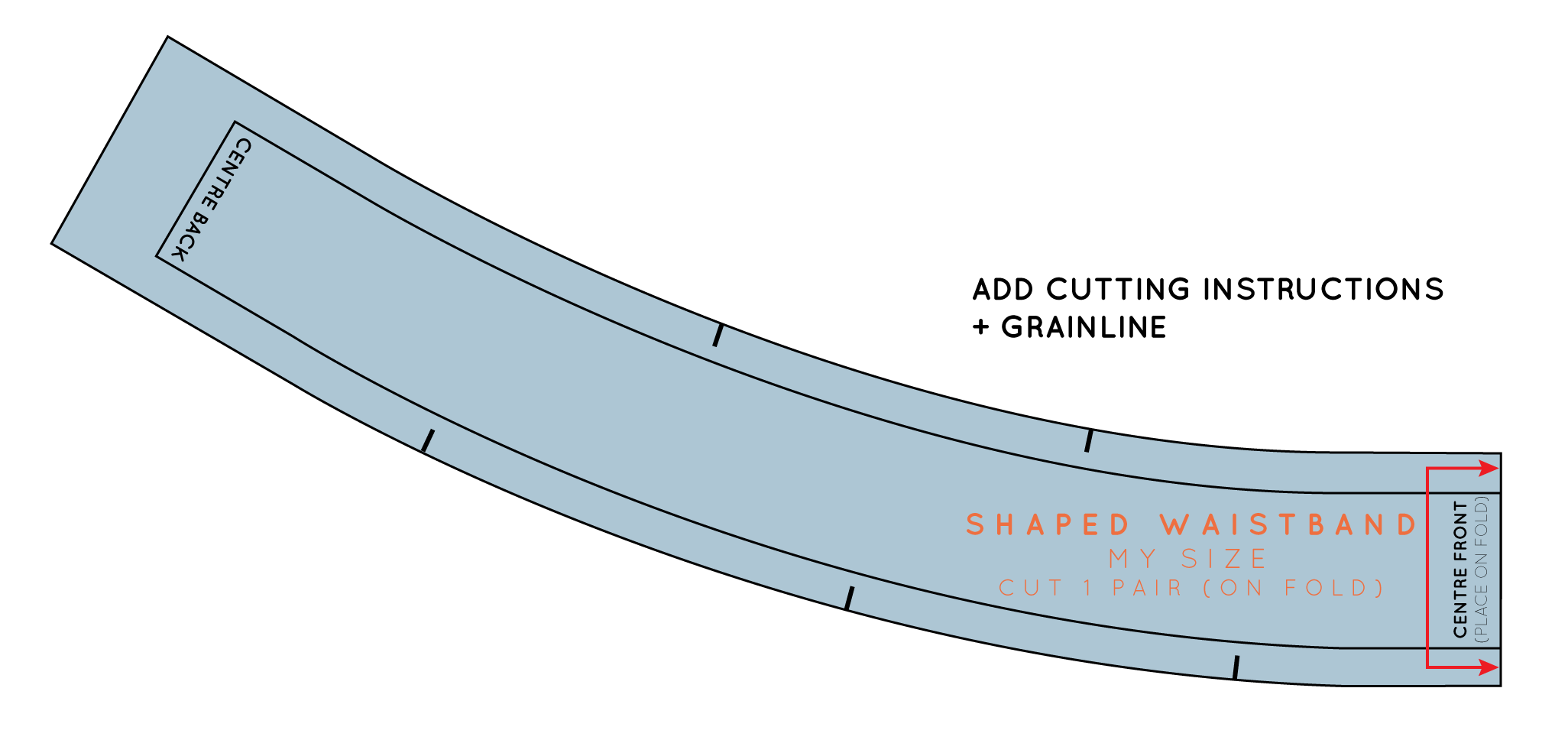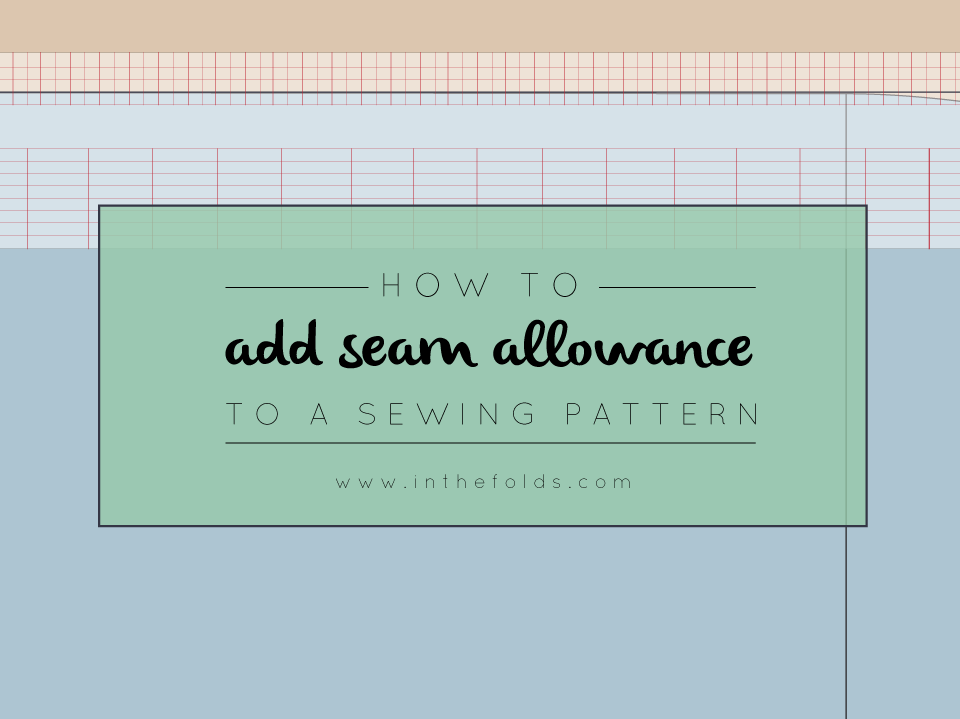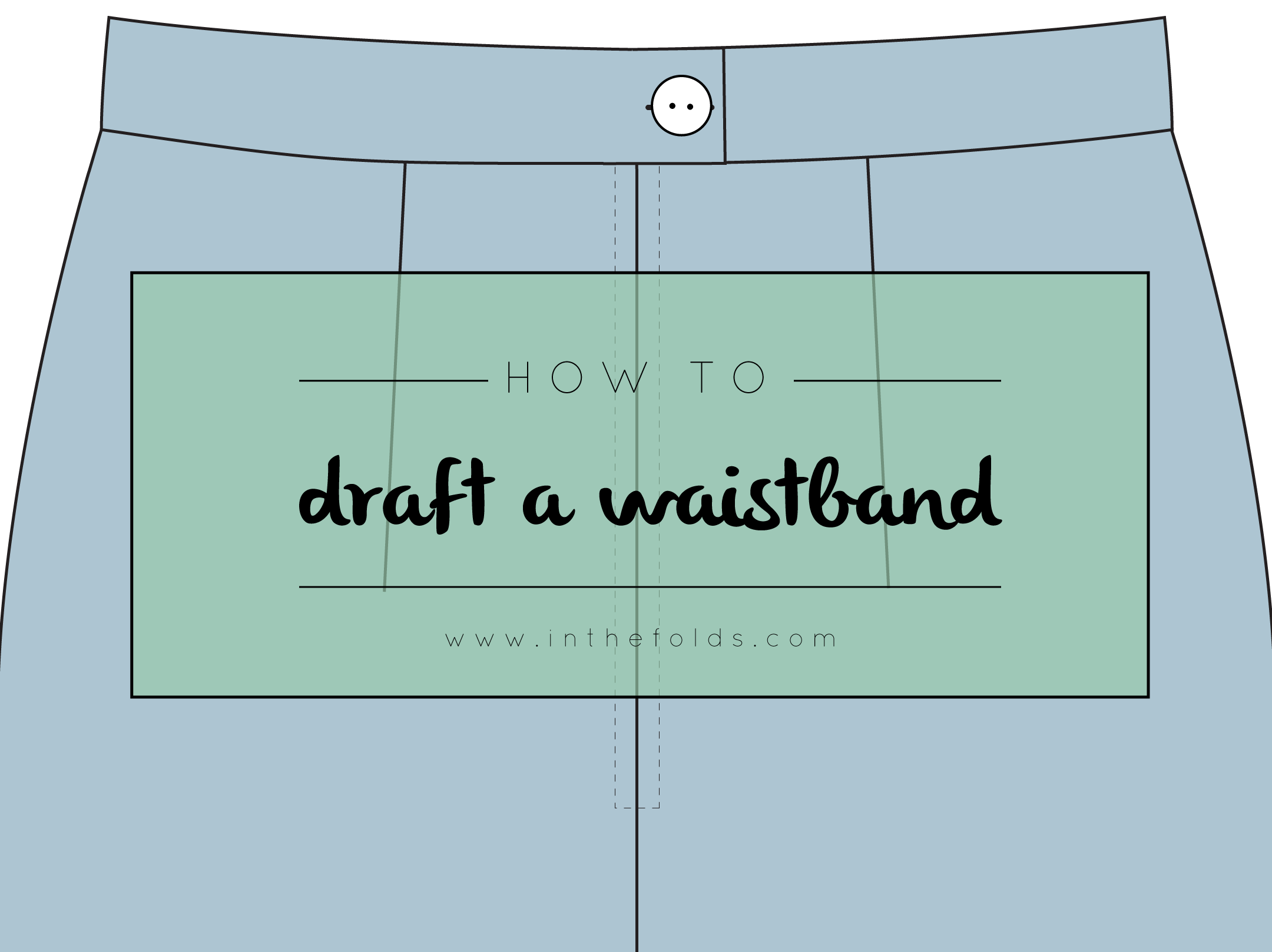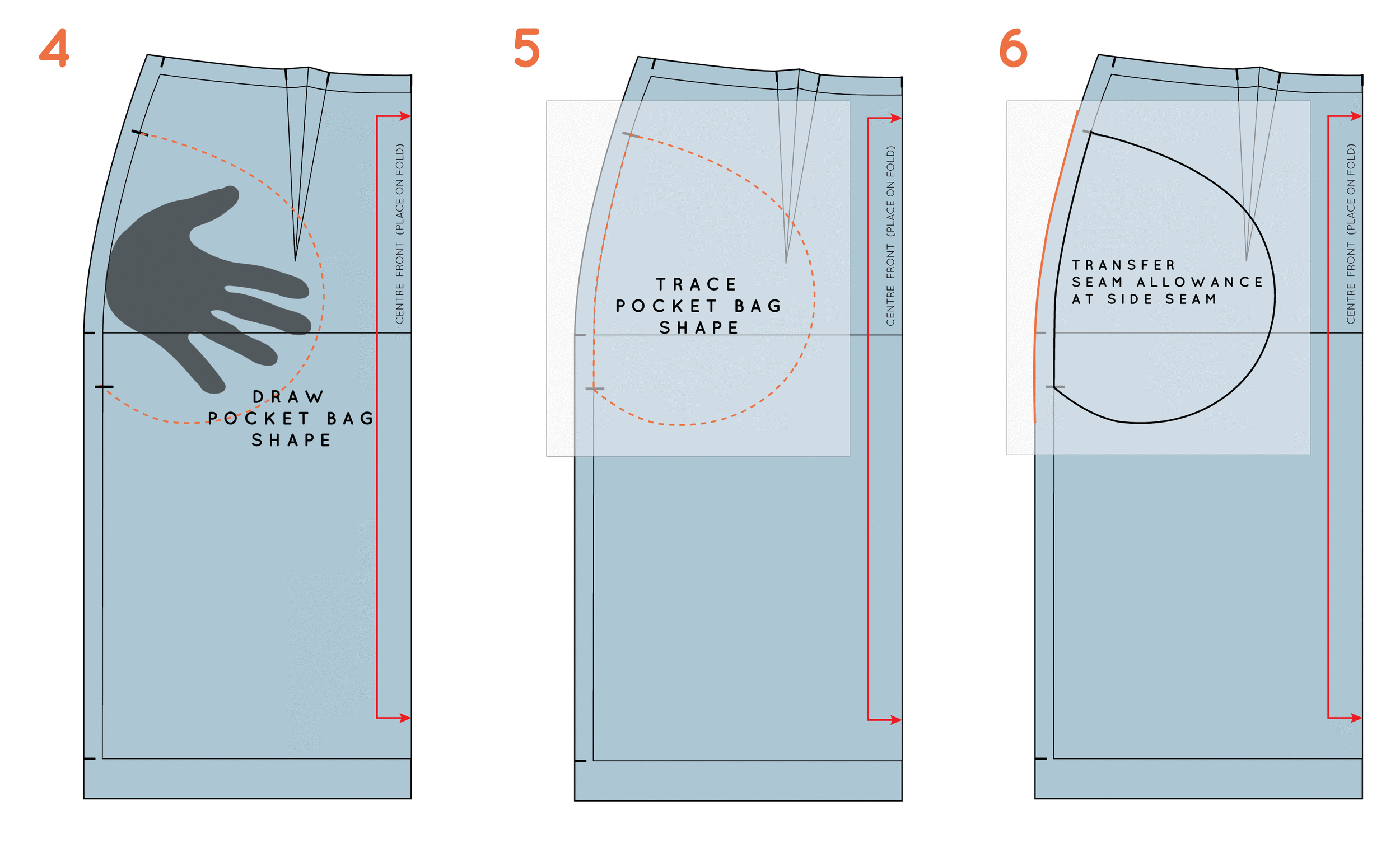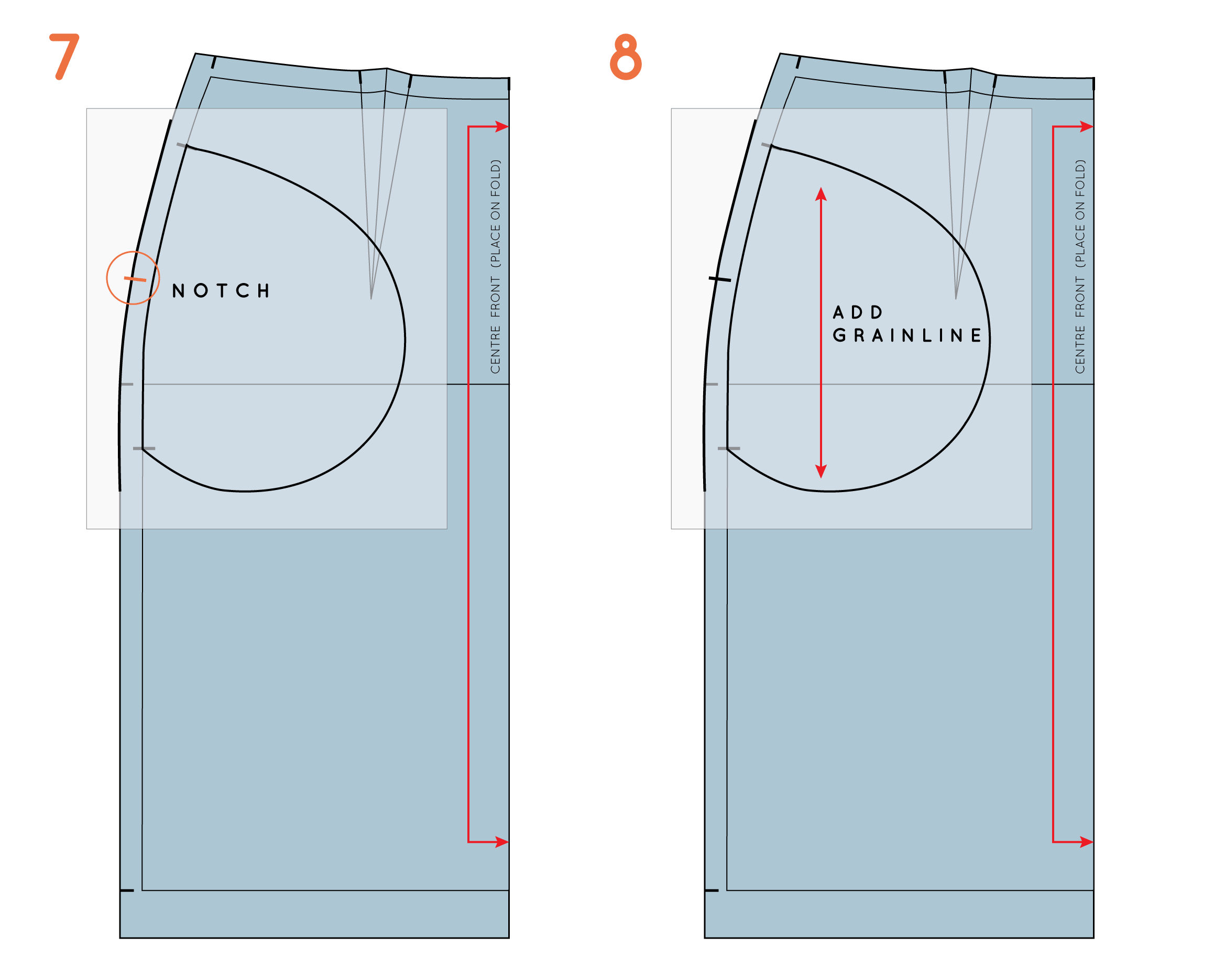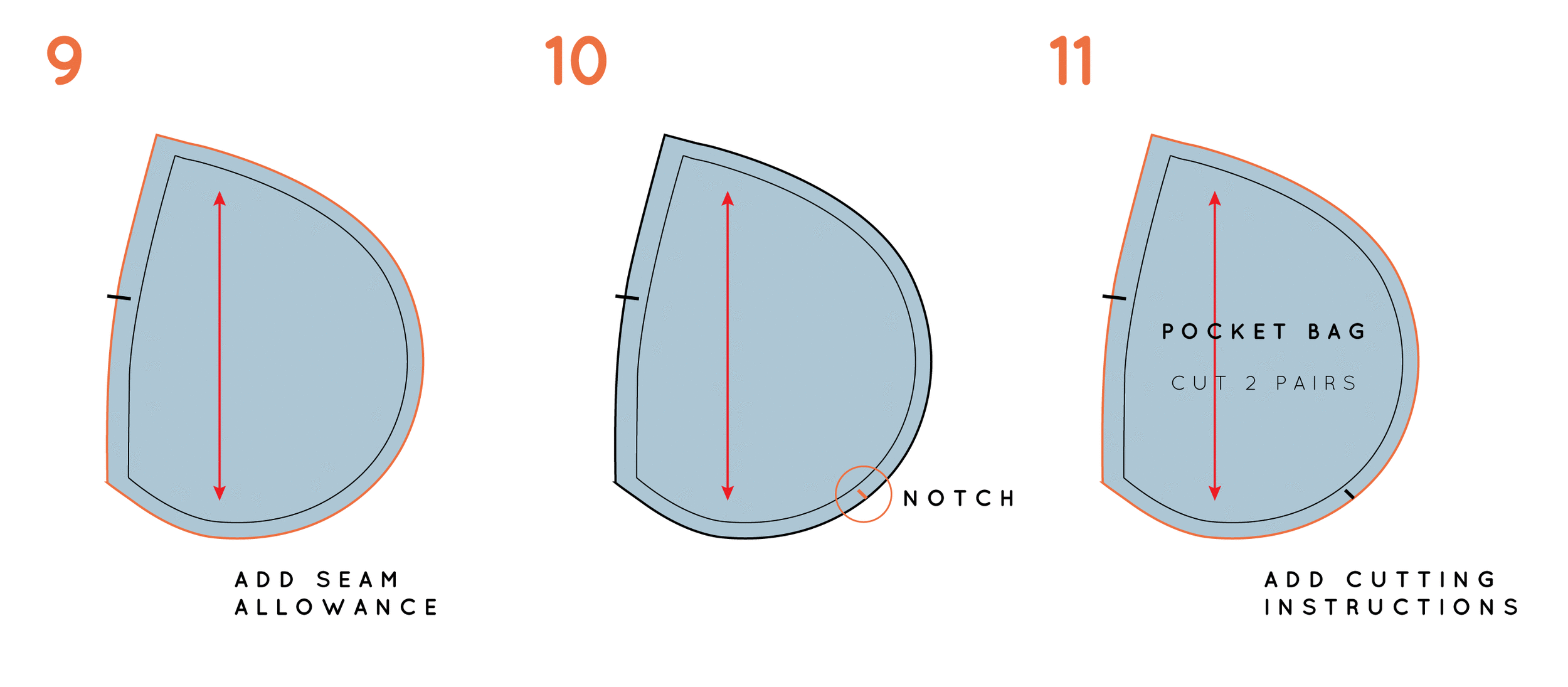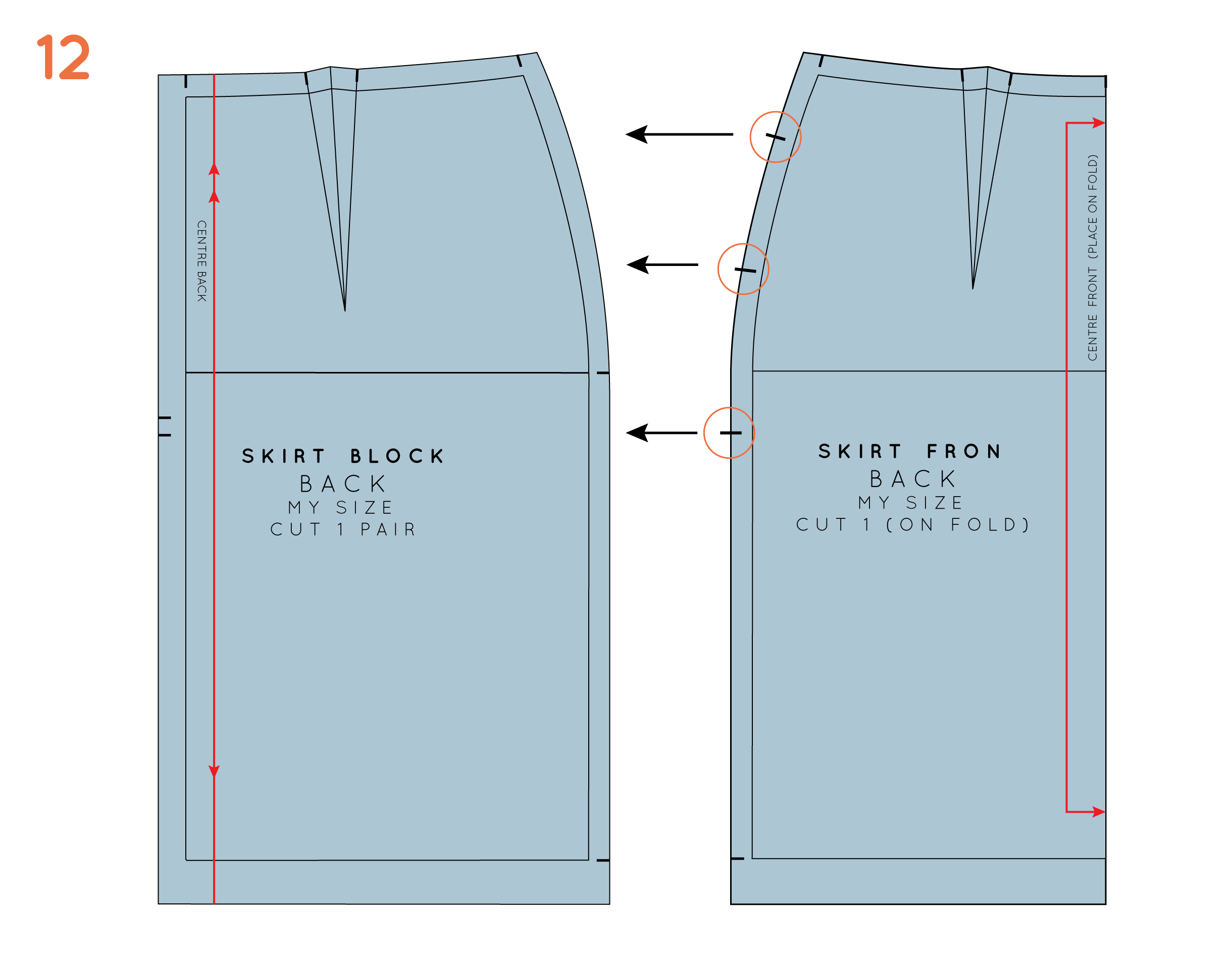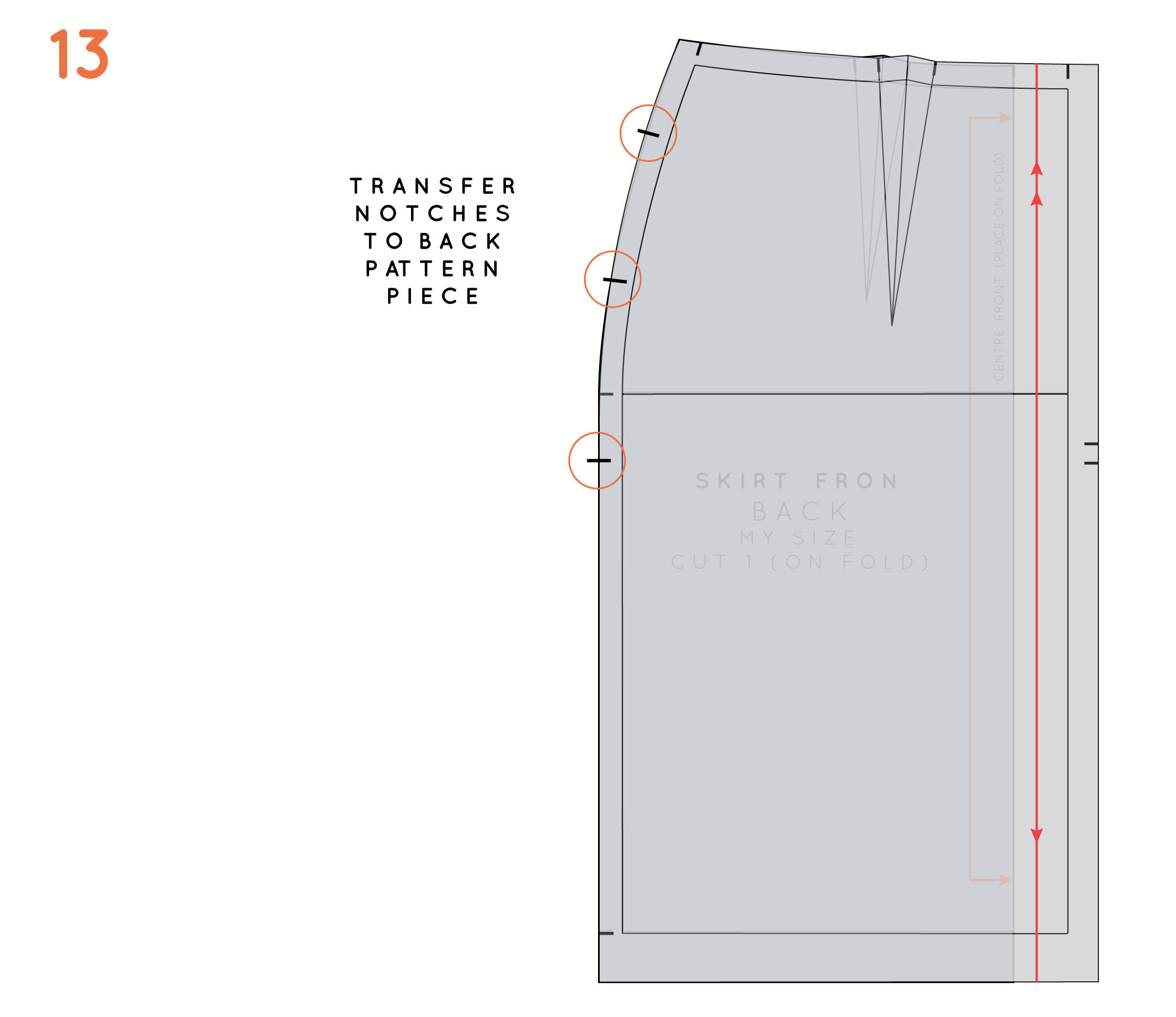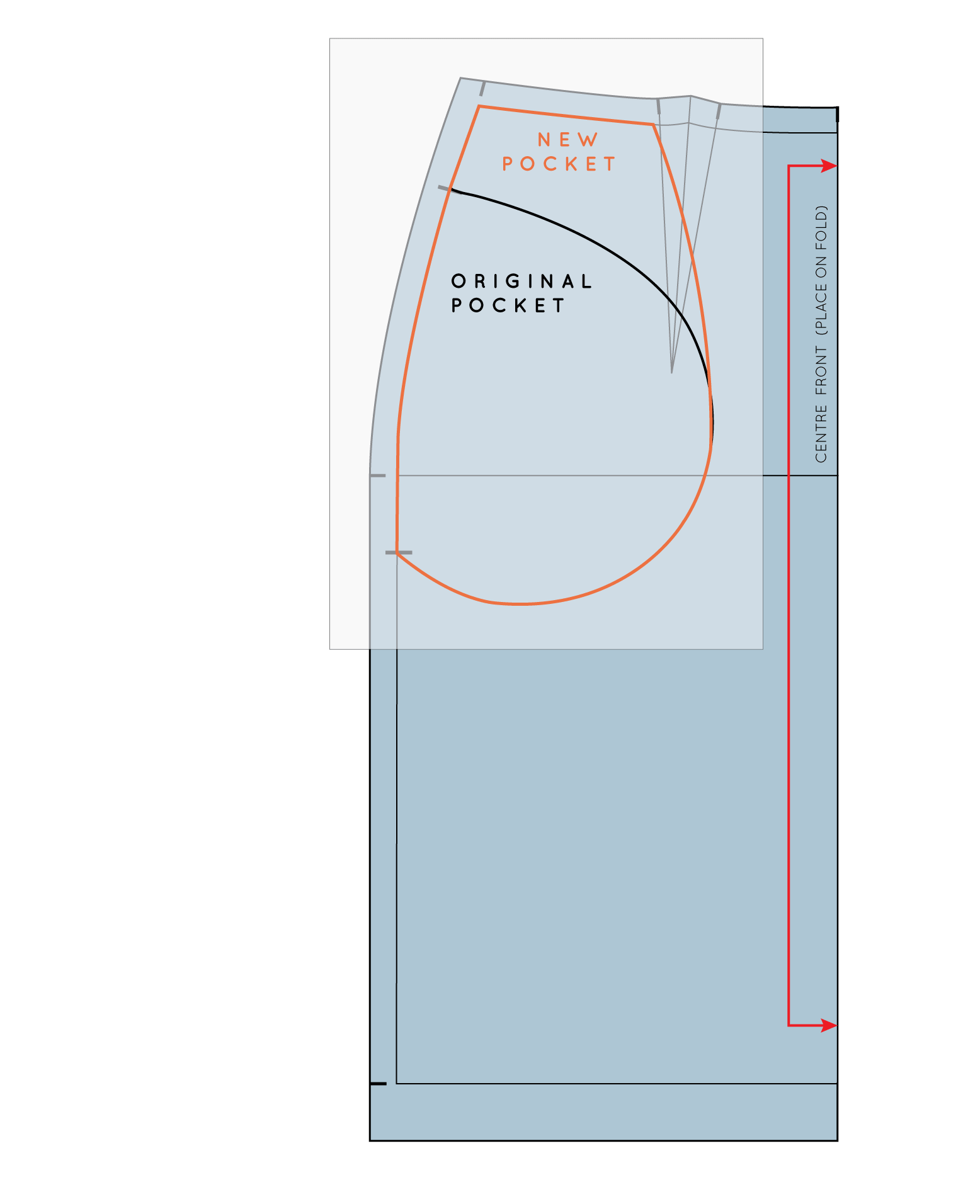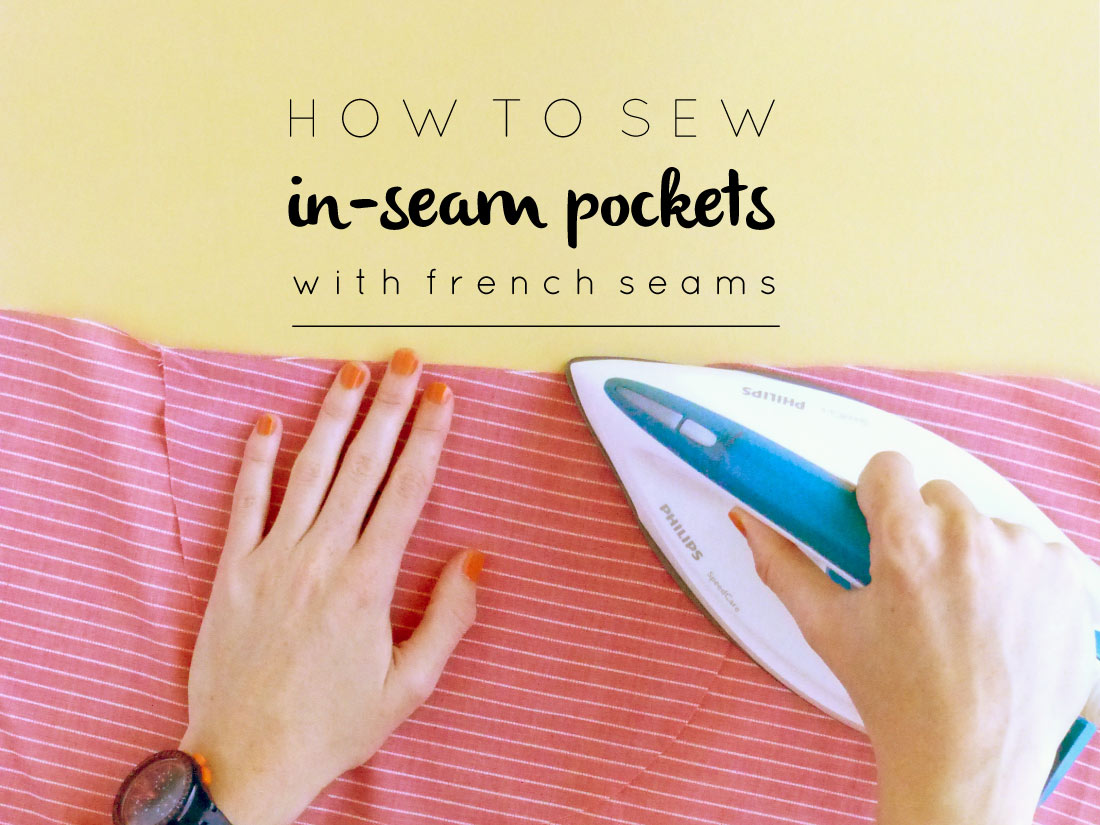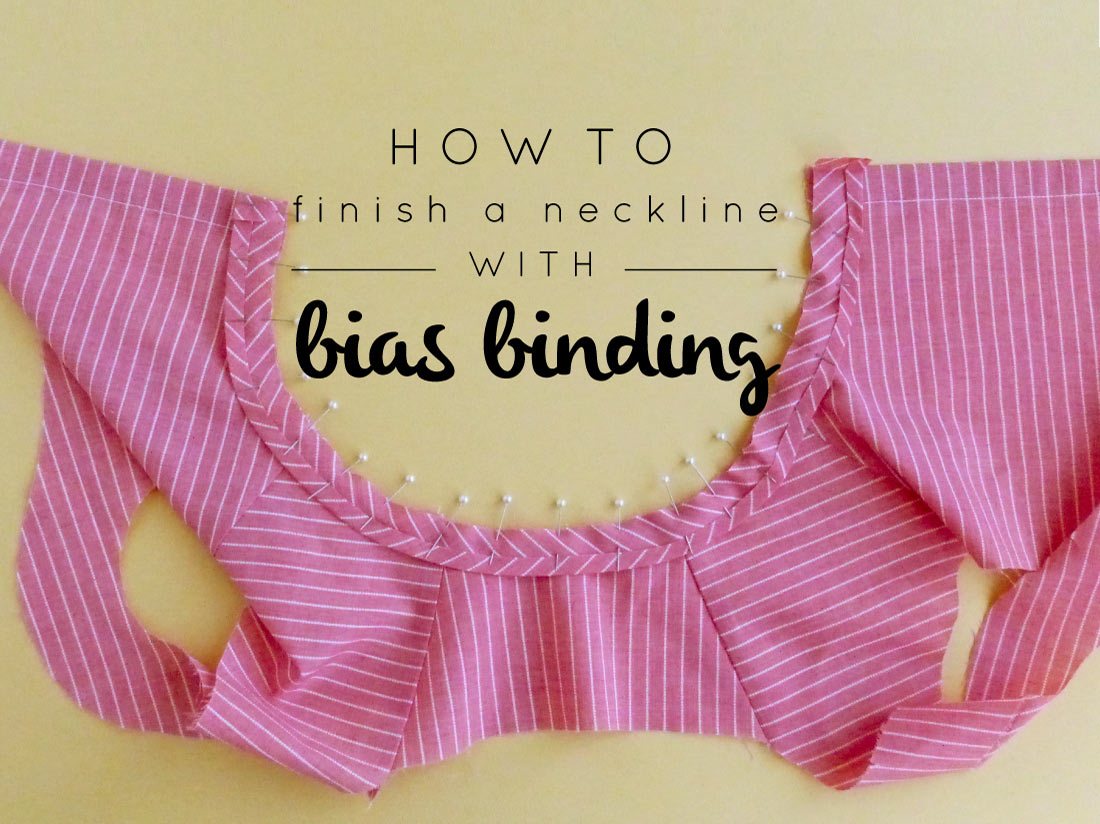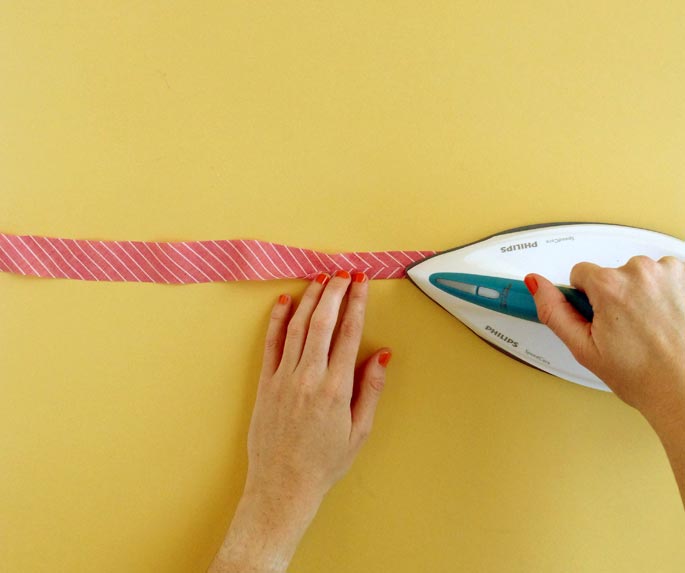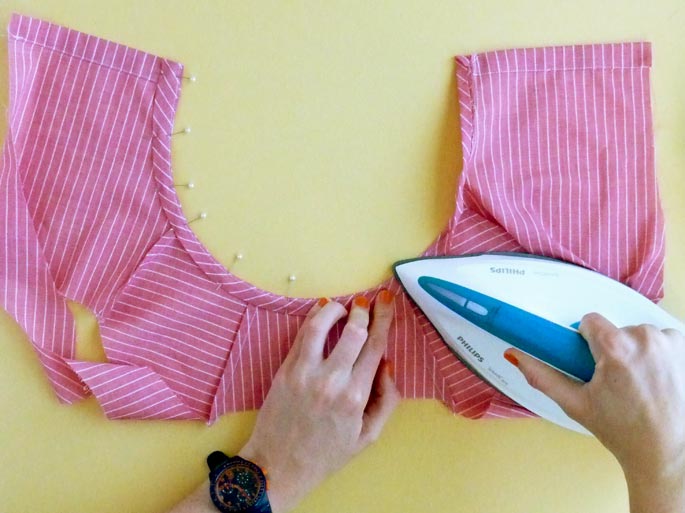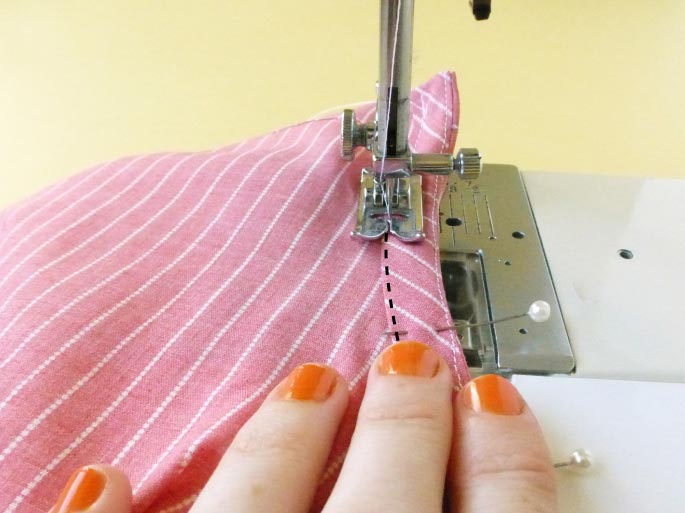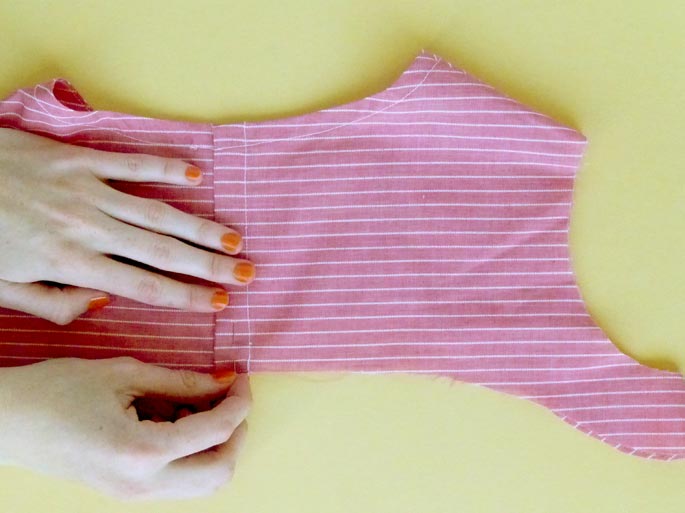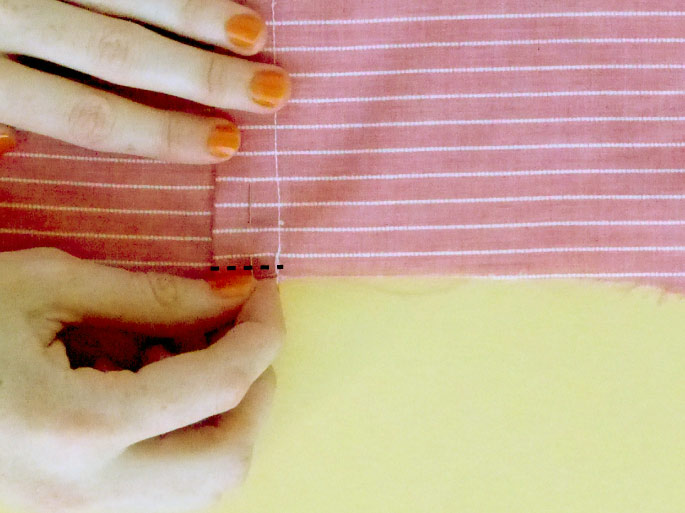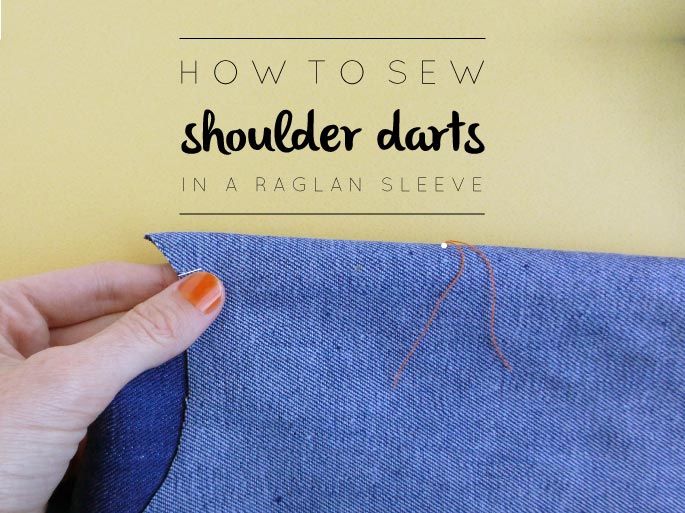My transition back into work mode, after a much needed break, has been a little slower than anticipated. I have been concentrating on many things already this year - filling in my calendar and working out a plan of attack for 2016, catching up on emails that came through over the holiday period, and madly sampling a couple of new patterns. But.. when it comes to my blog, I have been procrastinating! Today though, I had it in my diary that I would focus on getting back onto blog content, and although it is a little painful (as I seem to have forgotten a few things over the break... What's that font called again? What line weight do I normally do my illustrations in? So it is taking me afr longer than usual to even get started) here I am, getting the blog back on track, as I have a HUGE amount of content planned for you this year, so I better get on with it, before it suddenly becomes February!
So, without further ado, I am going to get into the first pattern making tutorial of 2016! As you may know, if you have been following along, towards the end of year I was working on a blog series about drafting skirt patterns. I still have a few more tutorials related to skirts that I think you might like, so that's what I'll be focussing on for the moment. As I've said before, if you are new to pattern making and just wanting to dip your toe in, skirts are the place to start! They can be as simple as you choose to make them, and the fitting of a skirt is much easier than the bodice or trouser block, giving you a chance to learn some pattern making fundamentals before dealing with the ups and downs of fitting.
Pleats
Adding pleats is a really simple adjustment that can be made to a pattern that can totally transform the look of a garment. There are many different types of pleats:- box pleats, knife pleats, accordion pleats (the fabric needs to be pleated with heat), top stitched pleats and kick pleats. Pleats can be inserted in tops, dresses, trousers and sleeve heads, but today I will be showing you how to add a box pleat to a skirt.
Box pleats
In this tutorial, I will show you how to create a box pleat and an inverted box pleat. The drafting process is the same, the only difference is the direction the pleat is folded when you are sewing.
Getting started
1. To start, take the skirt pattern you would like to add a pleat to. I chose to use the basic A-line skirt block (that I have made a tutorial for here). You could choose a self drafted pattern, or even consider adding pleats to a pattern you have in your stash.
2. Take a seperate piece of pattern paper, and trace a copy of the skirt without seam allowance. Give yourself some extra space alongside the centre front as this is where you will be adding the pleat.
Now, you will need to have a think about the size of your pleat. This is totally up to you. If you are struggling to work out the width of your pleat, have a play around with some fabric (or even a piece of paper), folding different sized pleats to get an idea of how it will look.
Creating the pleat
3. When you have worked out the width you would like the pleat to be, divide that figure by two (as we are working only on half of the pattern - the piece will be cut on the fold, to create a full front piece). Now draw a rectangle half the width of the pleat (the figure you just found), and the length of the centre front. For example, if I would like to create a 12cm pleat, I will add a rectangle to the centre front that is 6cm wide.
4. Now draw a second rectangle the same length and width as the first.
The centre front (fold 2) and the line between the two rectangles (fold 1) will become the fold lines for the pleat.
Fold the pleat
5. Fold along Fold 1, folding the first rectangle towards the body of the skirt.
6. Now fold along the centre front (Fold 2), folding the pleat so that it sits flat behind the body of the skirt.
Transfer waistline shaping
Just like with a dart, when you fold a pleat on a curved edge, you will need to adjust the edge of the pleat, so that when it is folded it will sit flush with the waistline.
To do this:
7. With the pleat still folded, take a tracing wheel and trace along the waistline, transferring the shape of the waistline onto the folded paper underneath. Repeat for the hemline.
8. Unfold the pleat, take a ruler and pencil, and join the dots created by the tracing wheel into a smooth curve.
Mark the pleat
9. You now need to use an arrow to indicate which direction the pleat needs to be folded. For an inverted box pleat, the centre front needs to be folded towards the centre of the pattern. Indicate the direction of the fold with an arrow. At this point you can also add the grainline and note to 'Place on fold.'
10. For a standard box pleat, the centre of the pattern needs to be folded towards the centre front. Indicate the direction of the fold with an arrow. At this point you can also add the grainline and note to 'Place on fold.'
Stitching the pleat
Now have a think about whether you would like to stitch the pleats in place. This will depend on your fabric choice and the style of your skirt (or garment). You could consider leaving the pleats free, stitching down a few centimetres to give the pleat a little more structure, or stitch down 15cm (6 inches) or so, to really give some structure to your pleat.
Mark a drill hole
If you would like to add some structure with some stitching, it is a good idea to mark a drill hole on your pattern, marking the end point of your line of stitching.
11. Measuring down from the waistline on the centre front, mark a drill hole the distance down you would like to stitch your pleat.
ADD PATTERN MARKINGS
12. To complete the pattern, add seam allowance and pattern markings.


